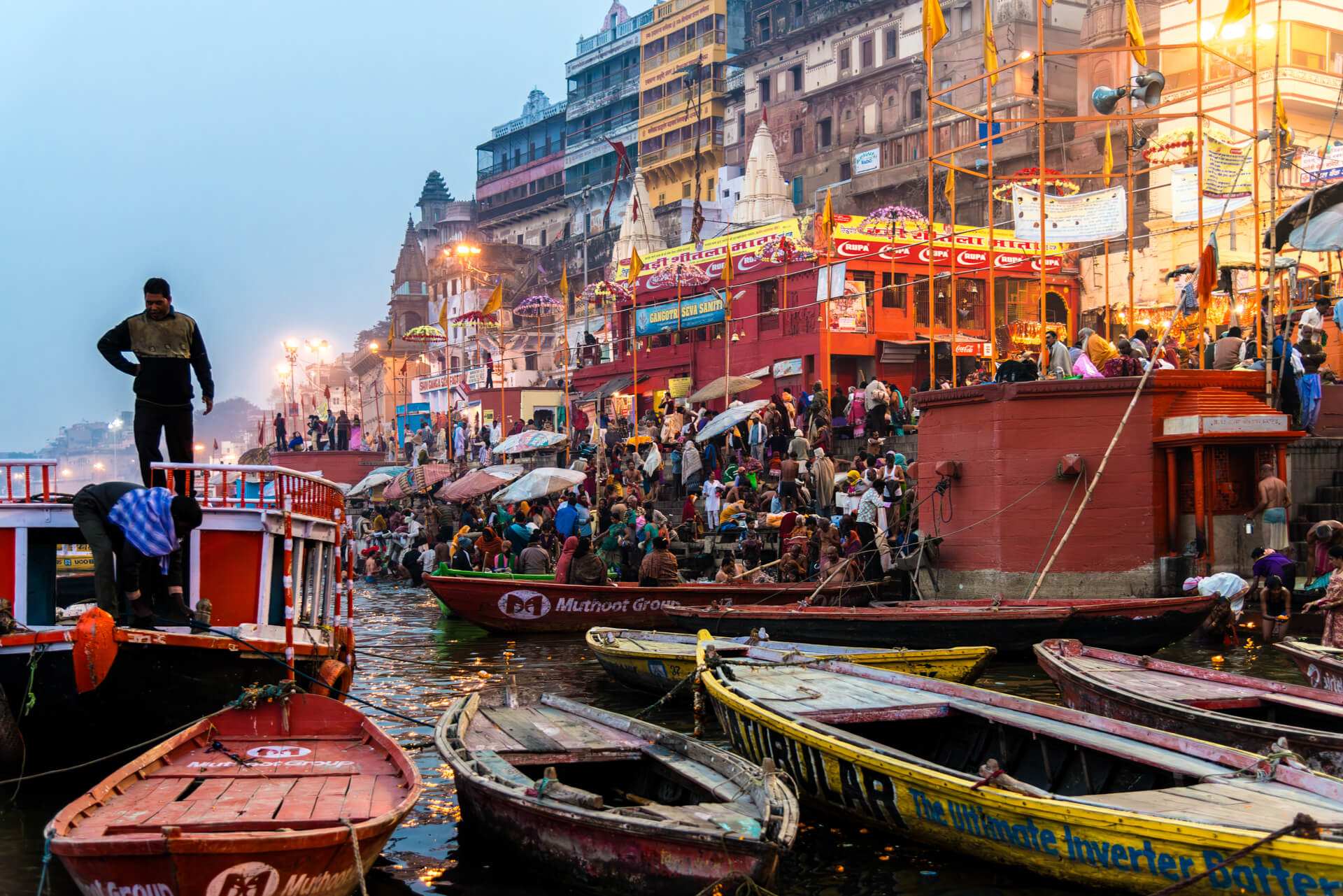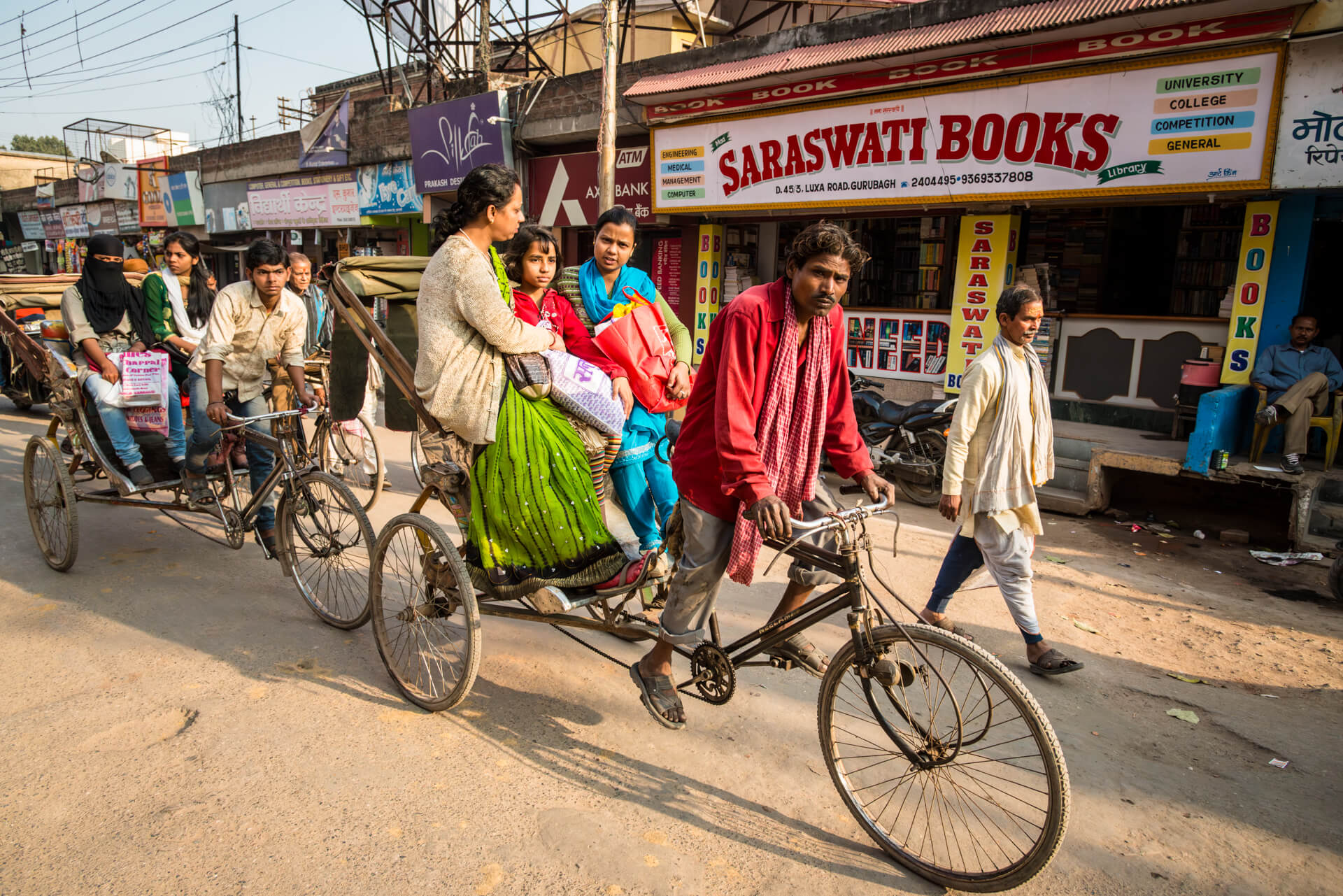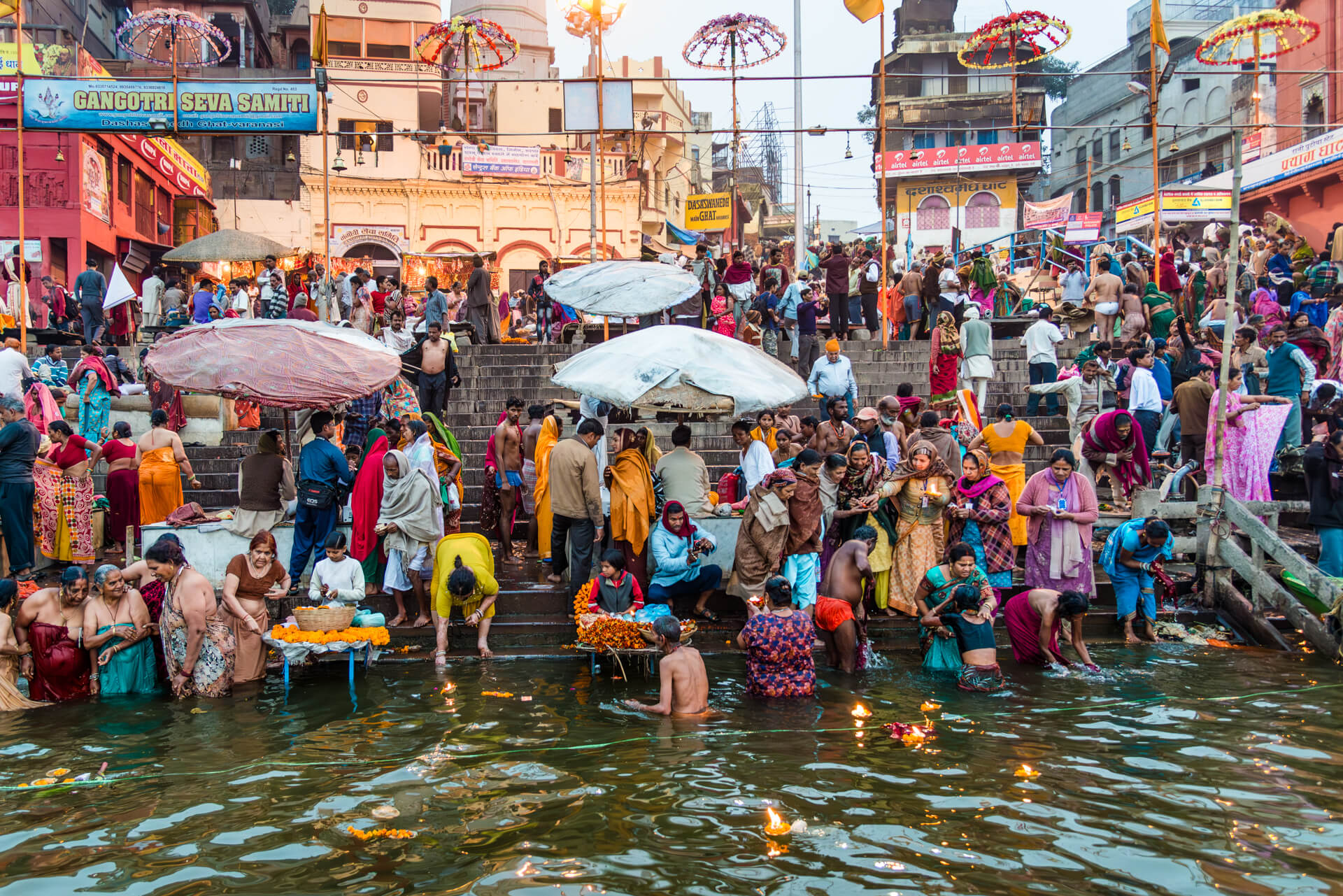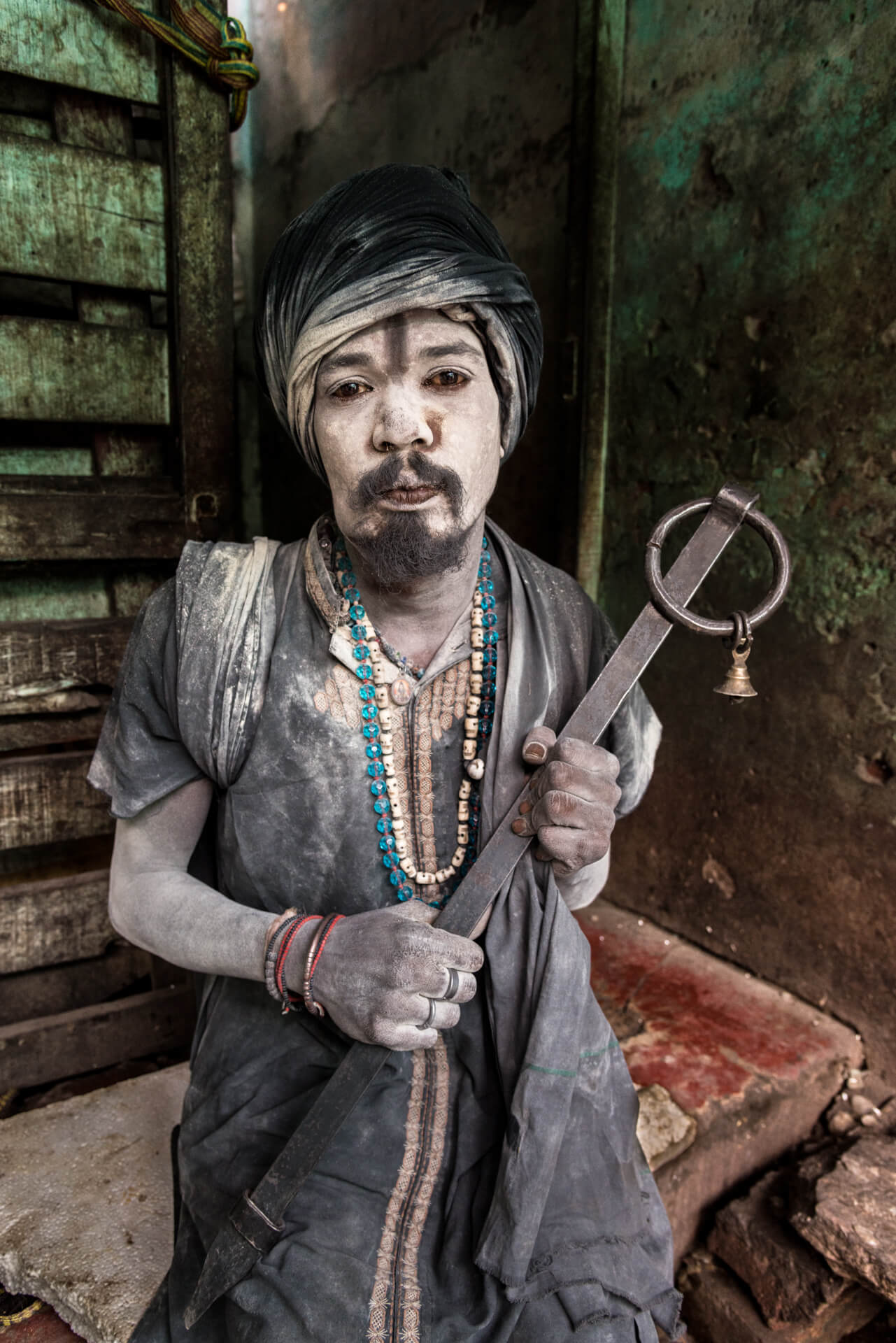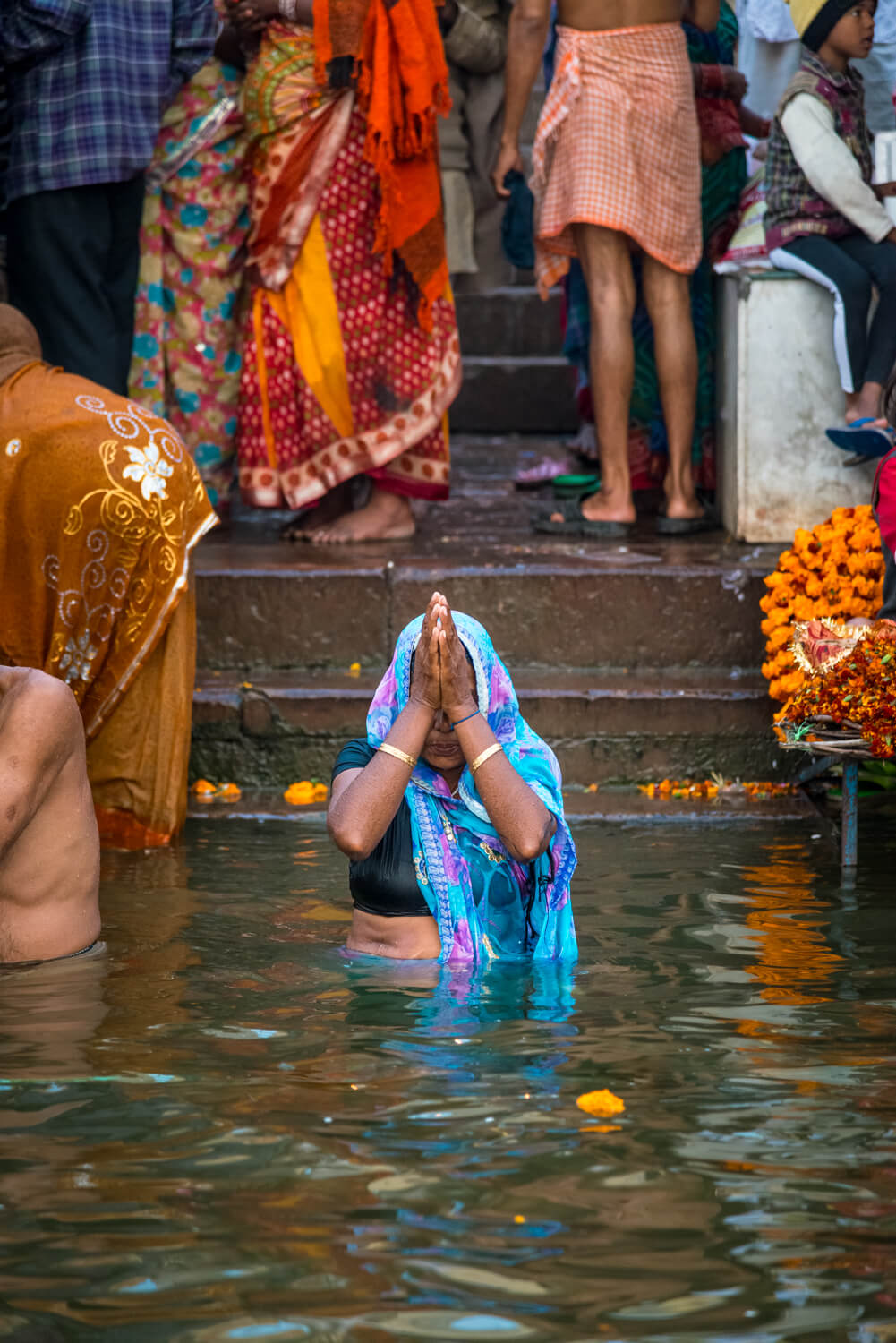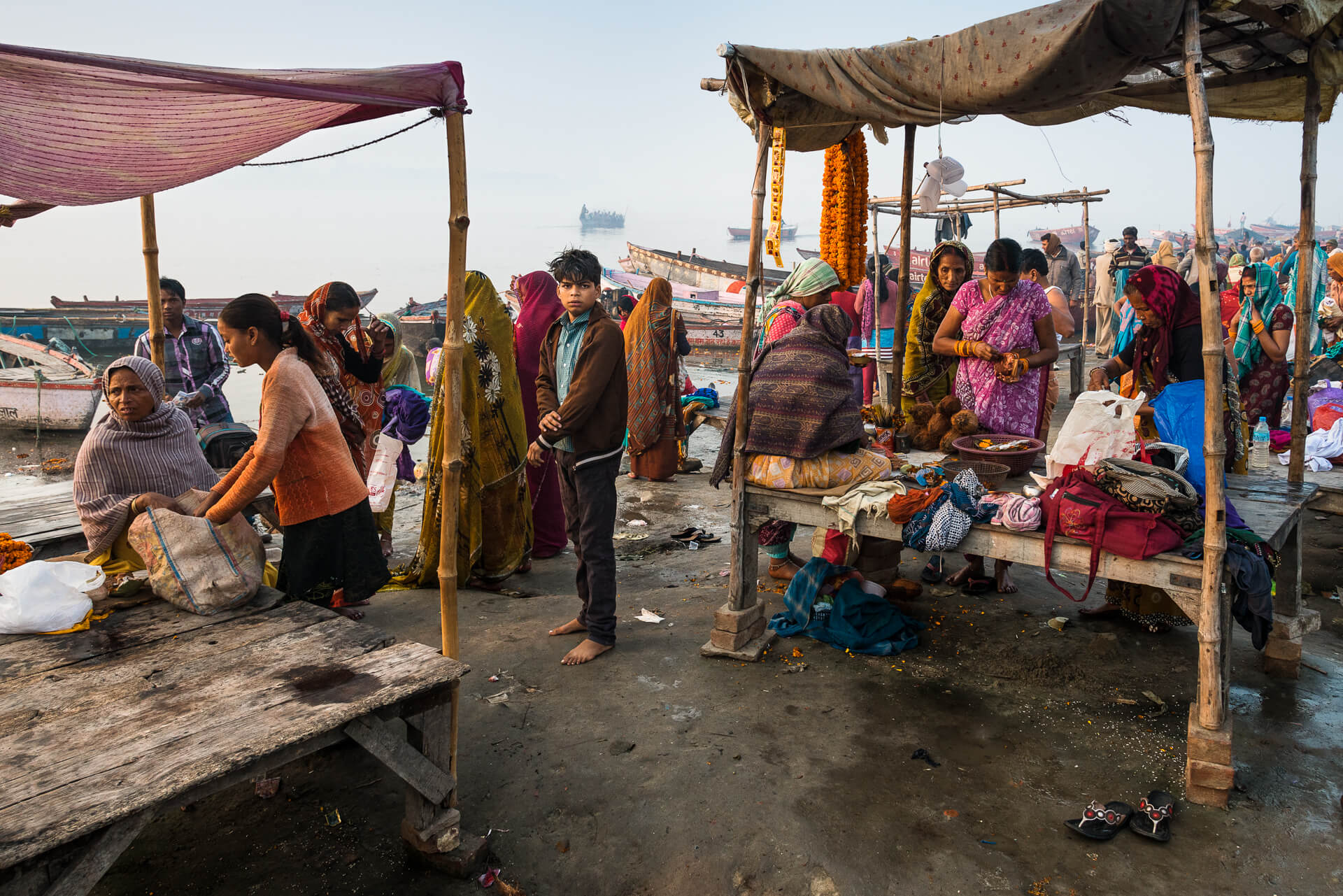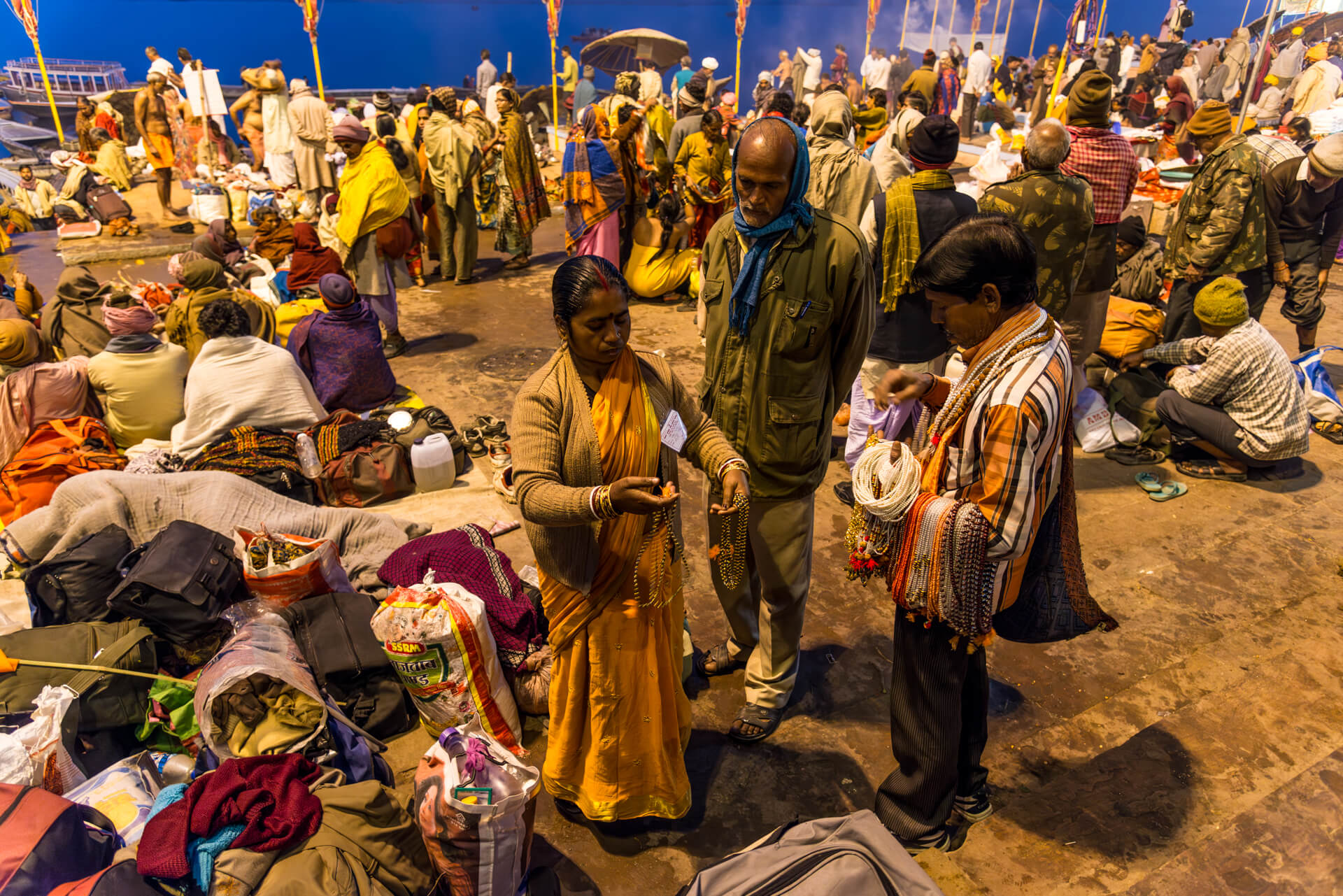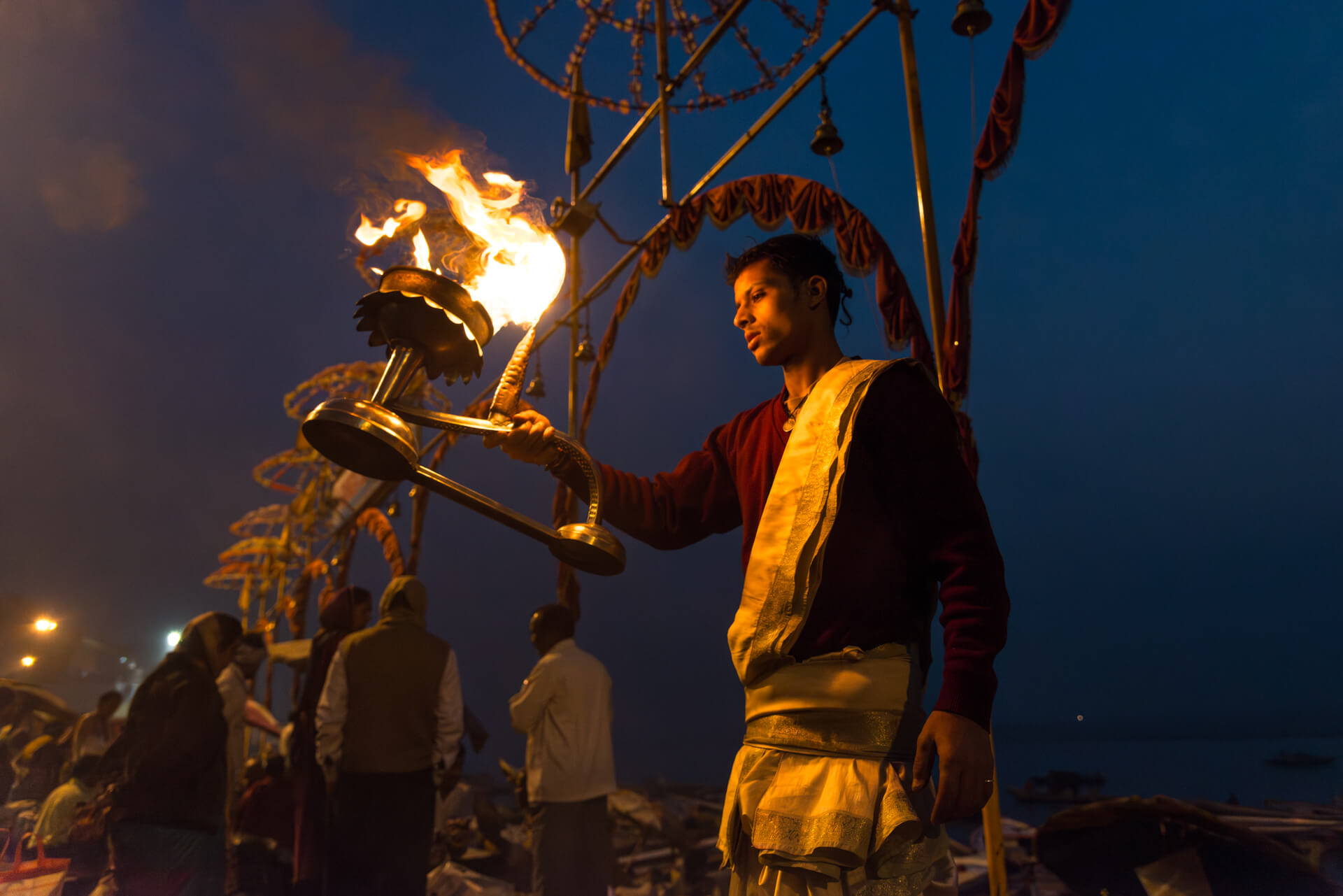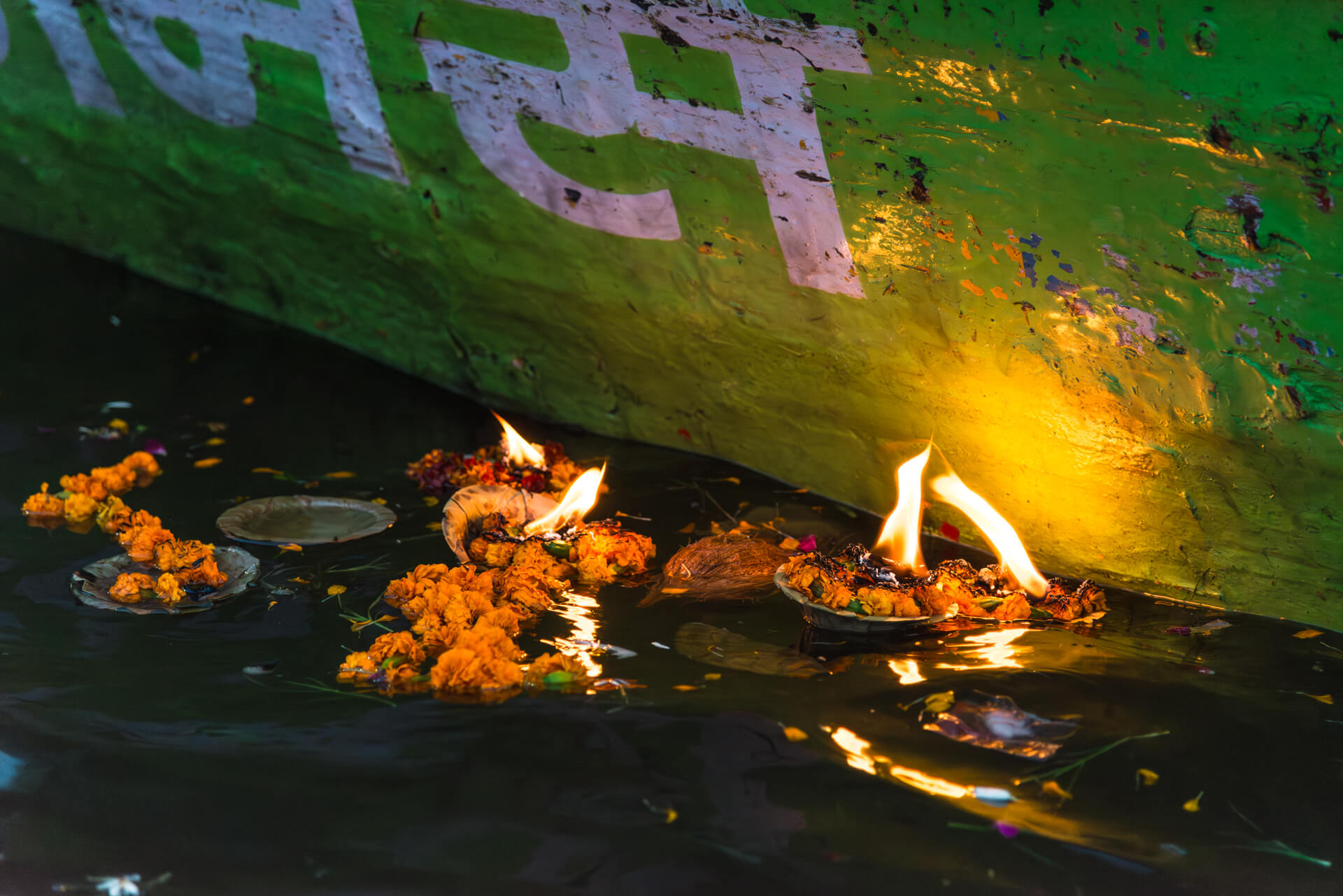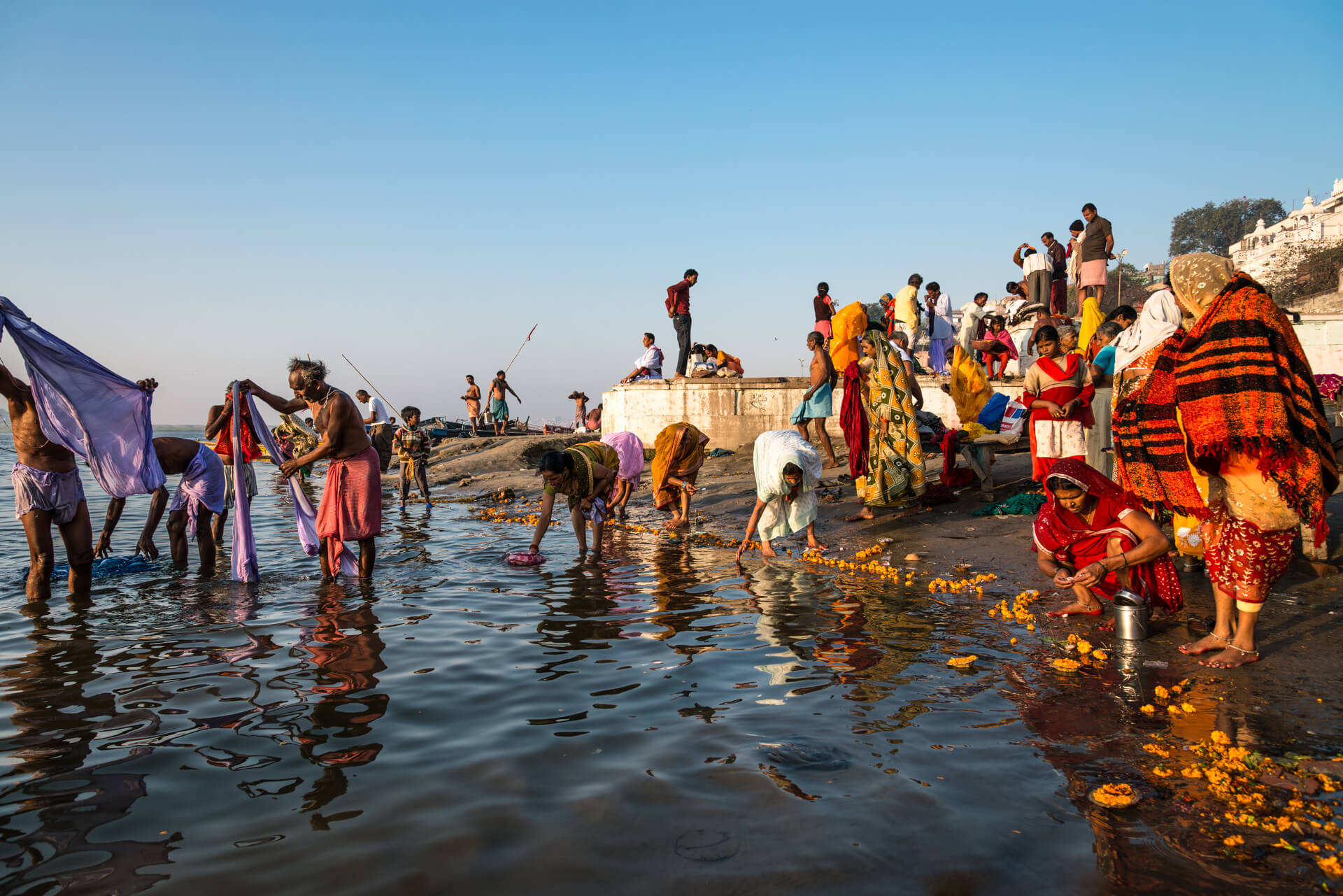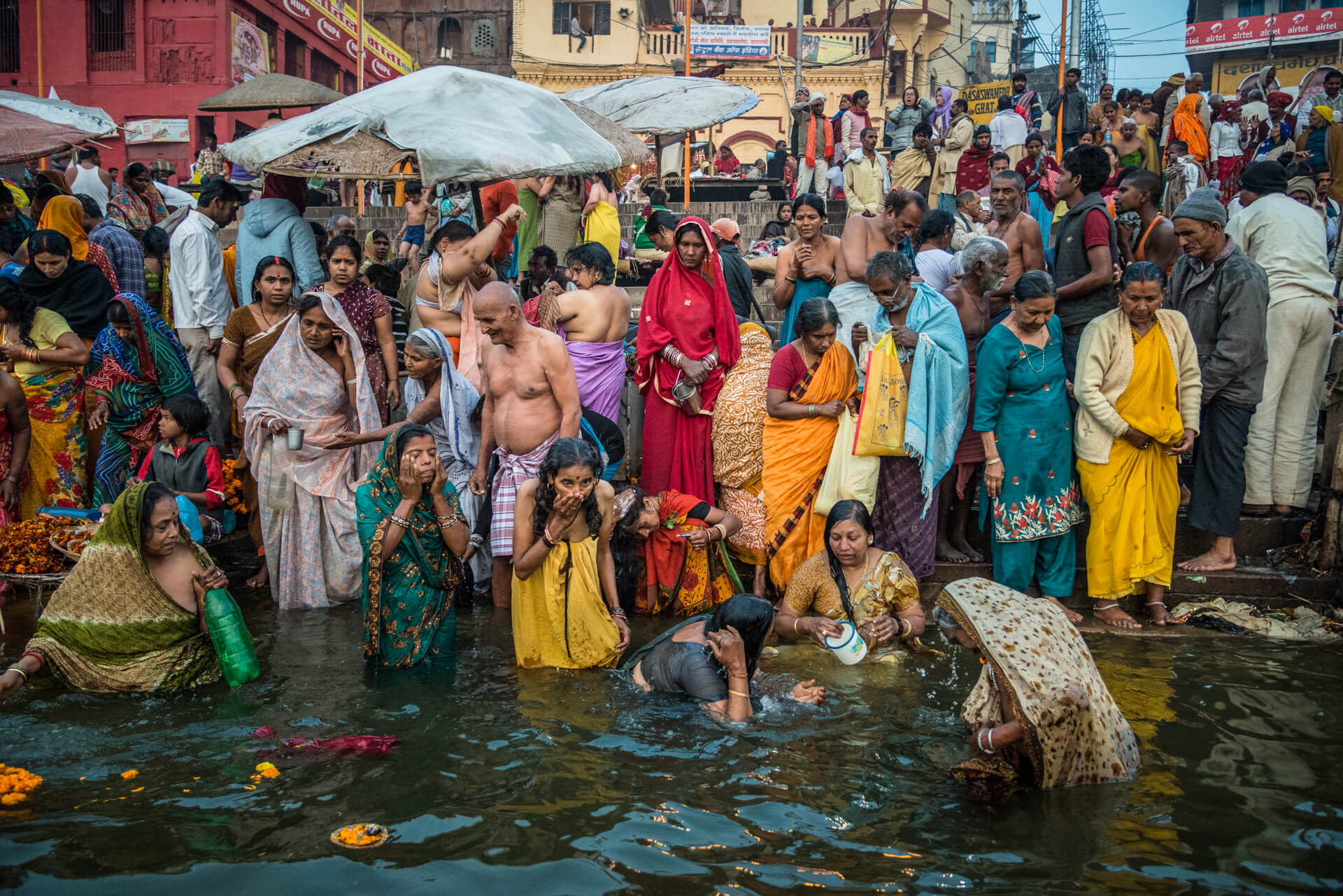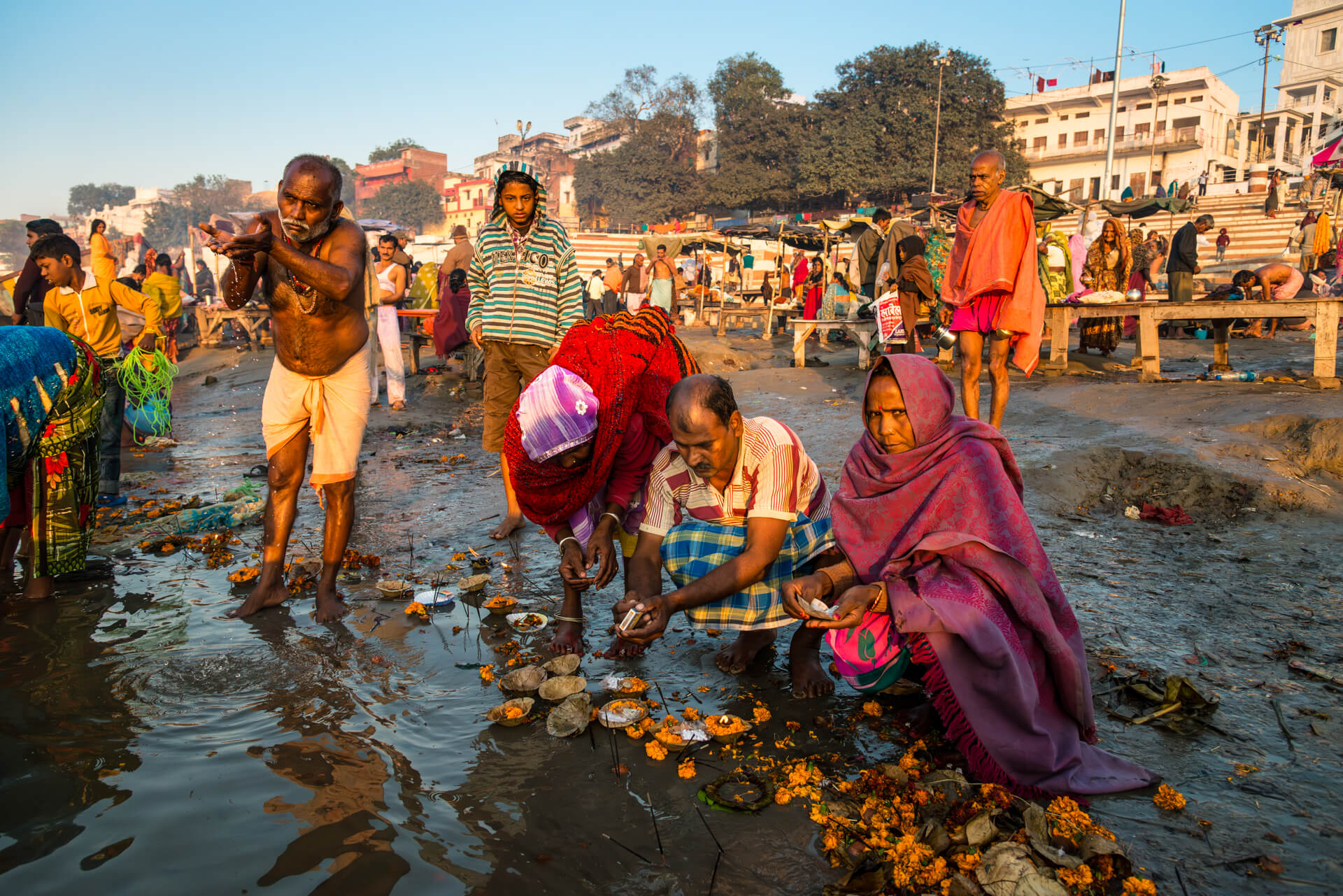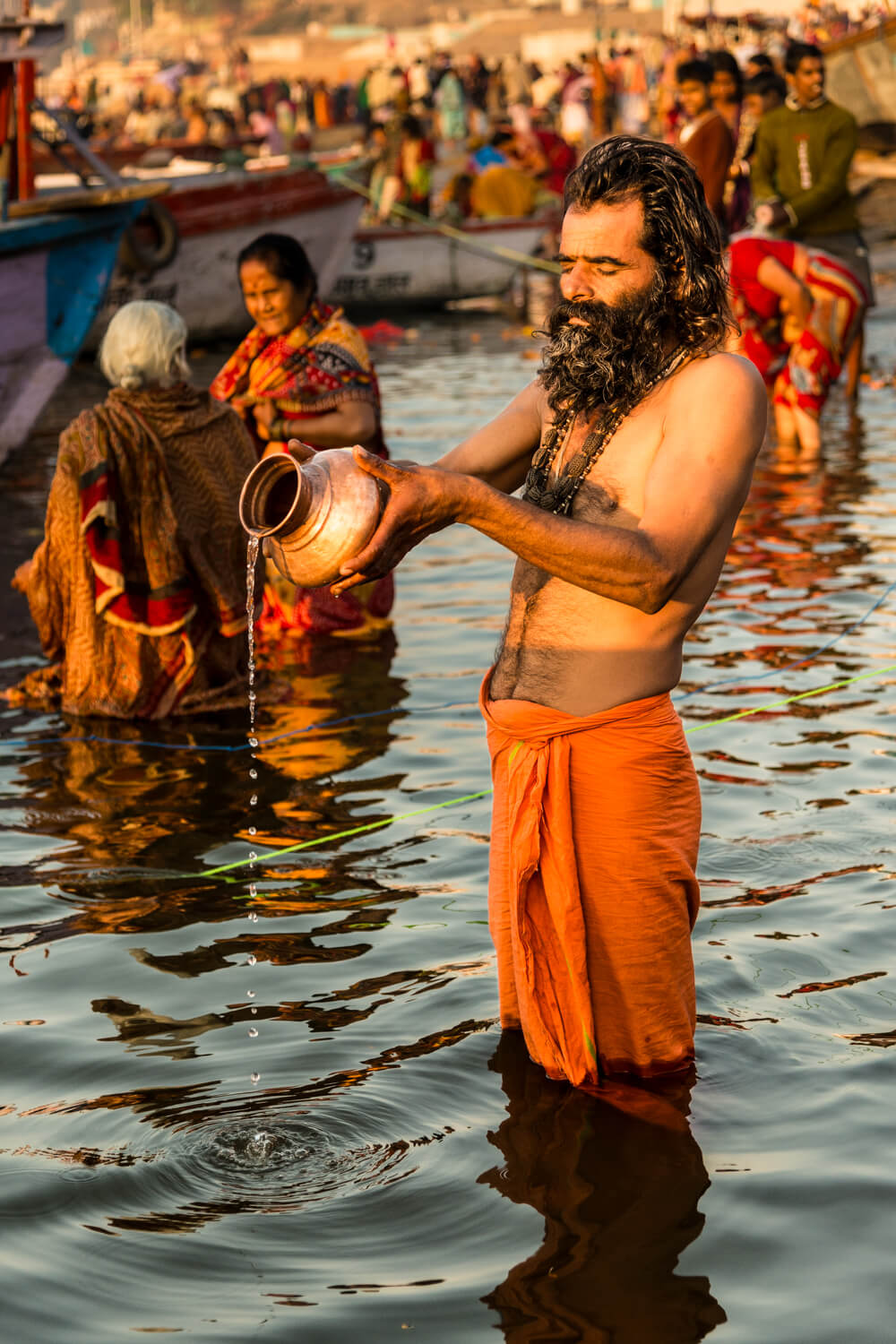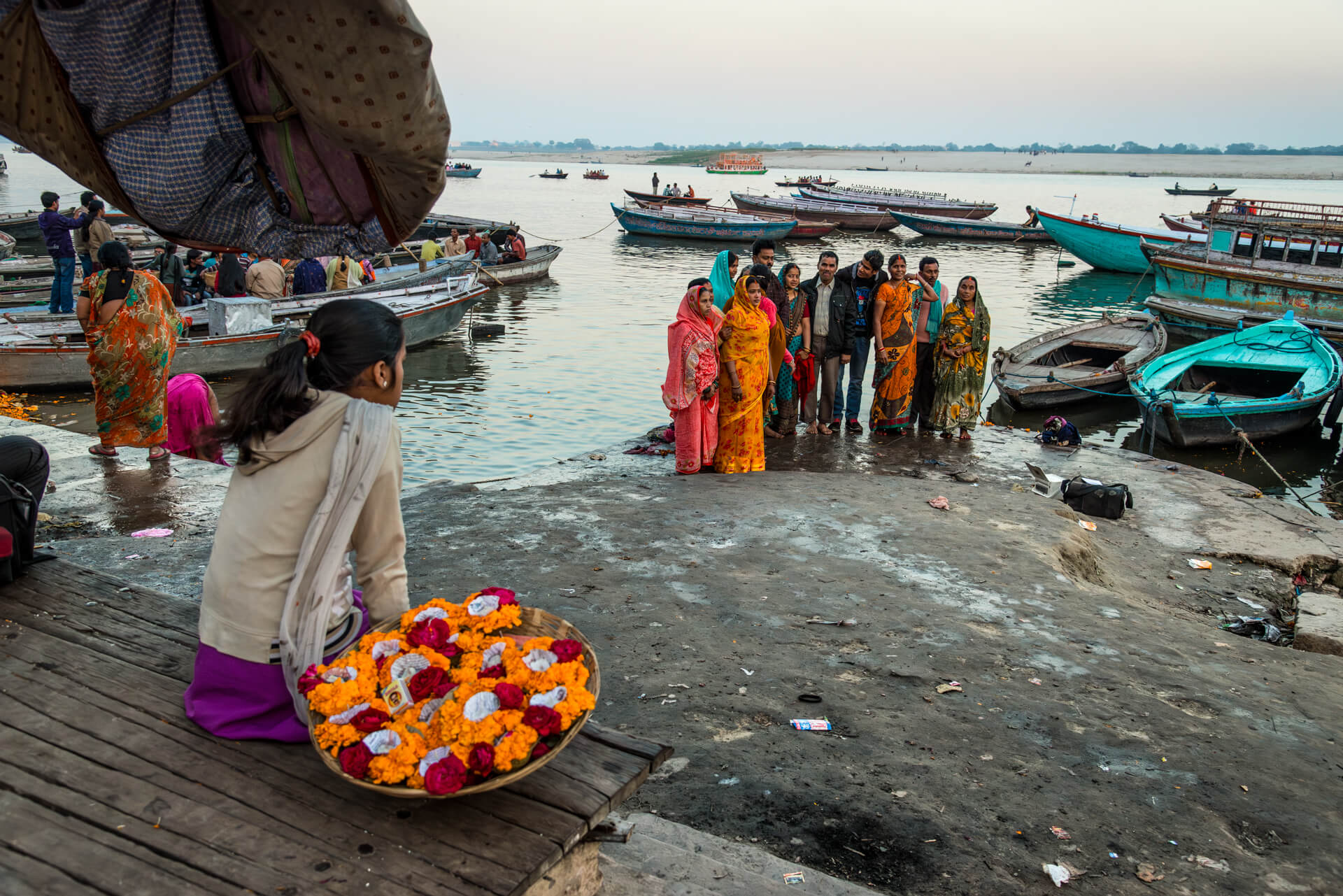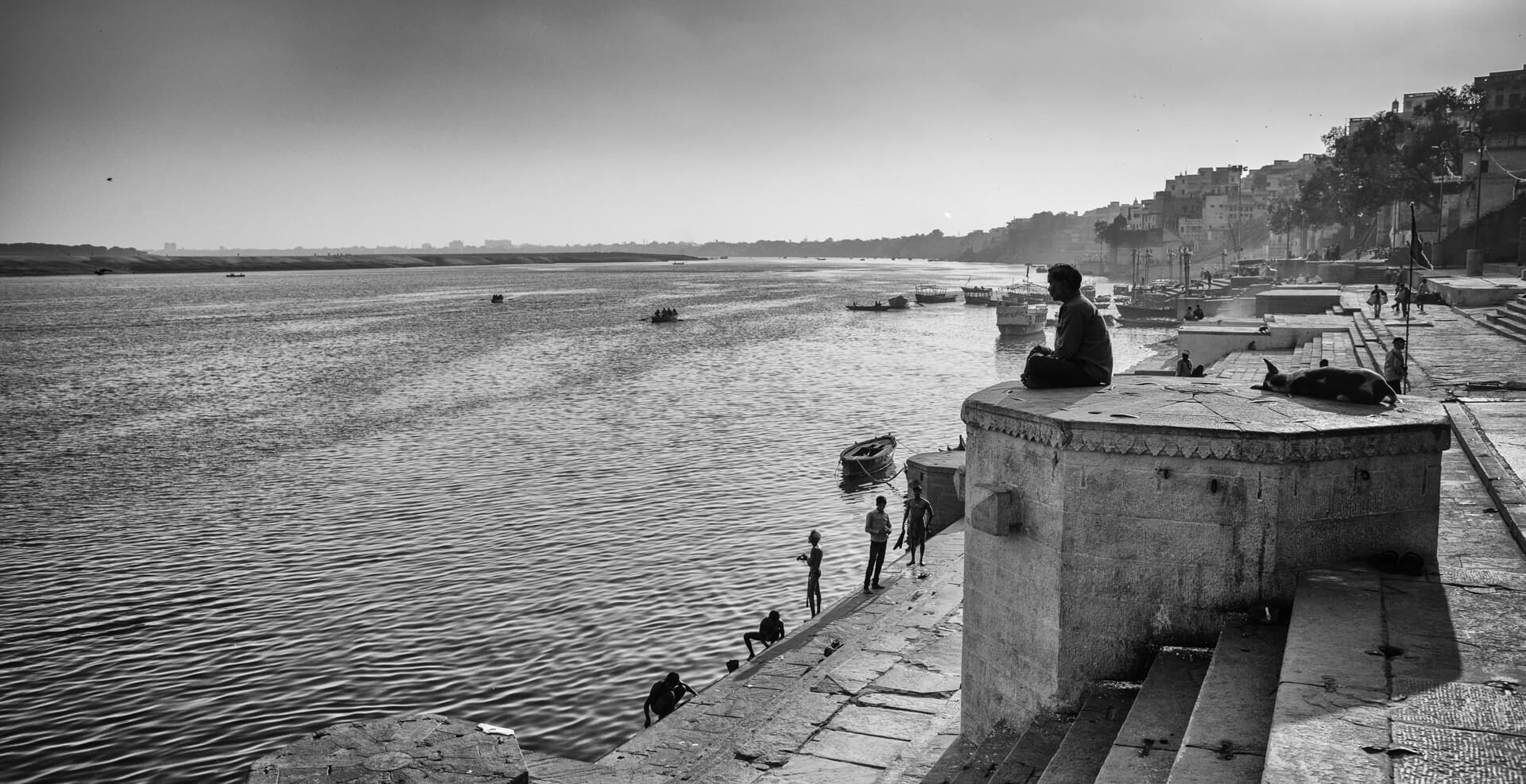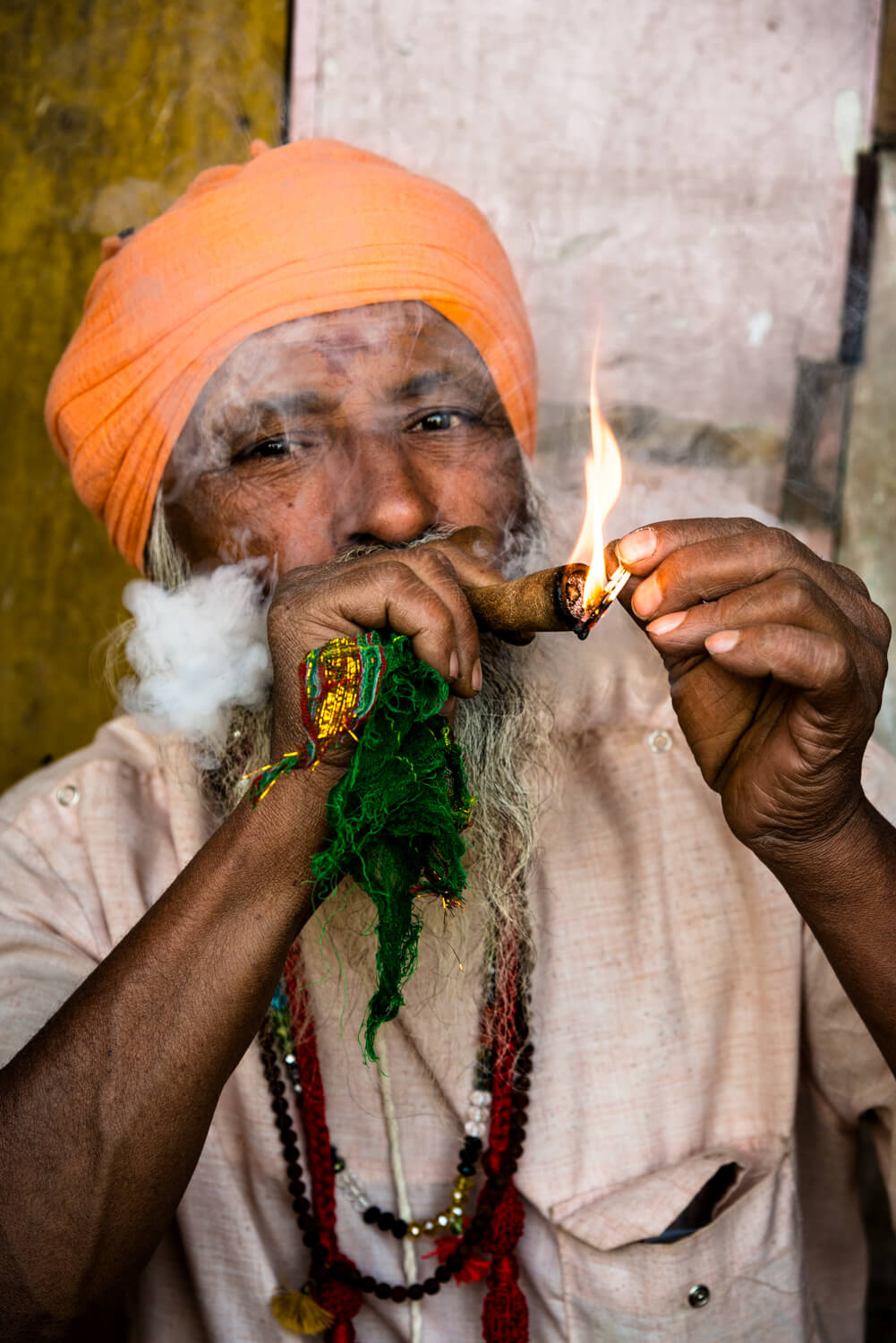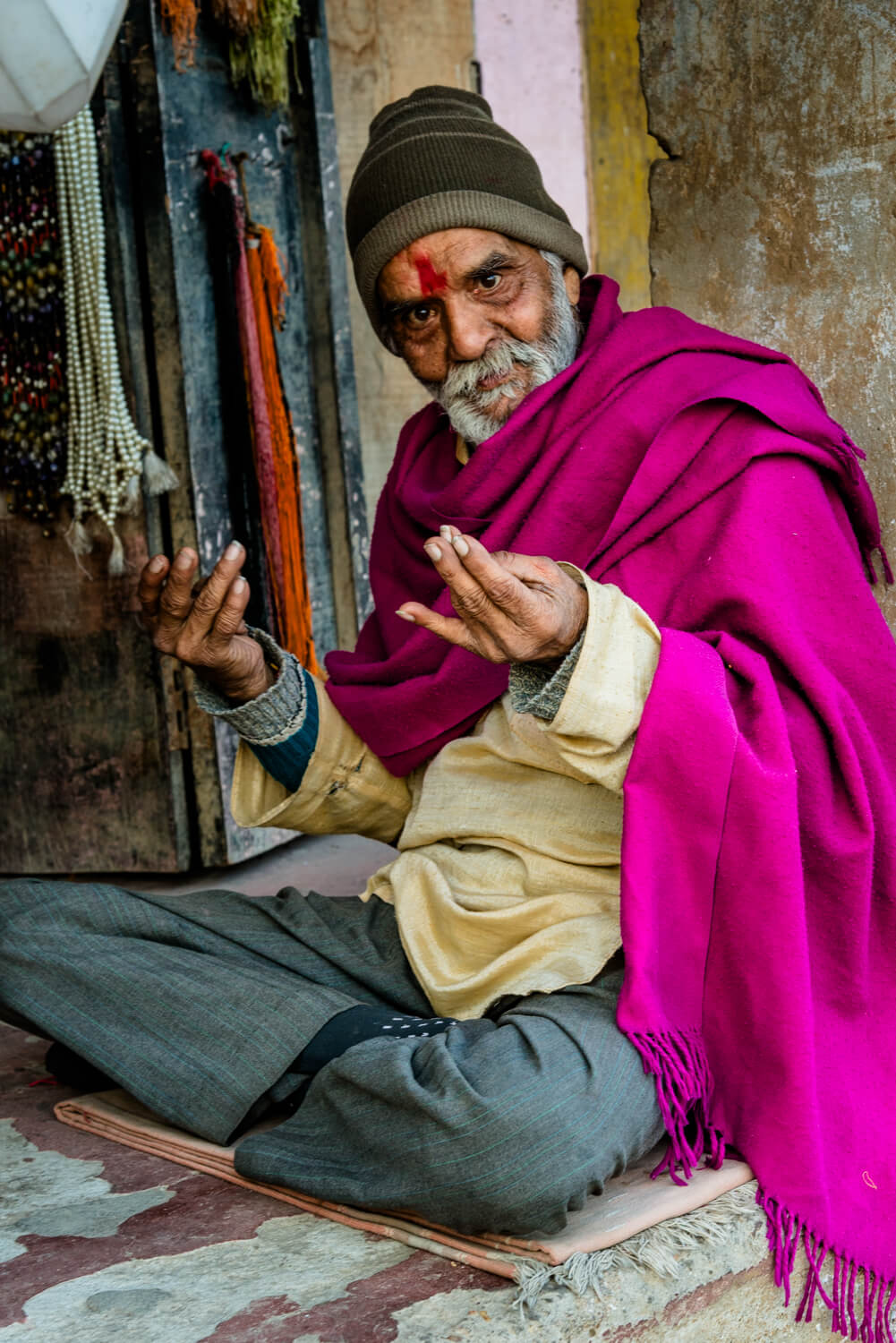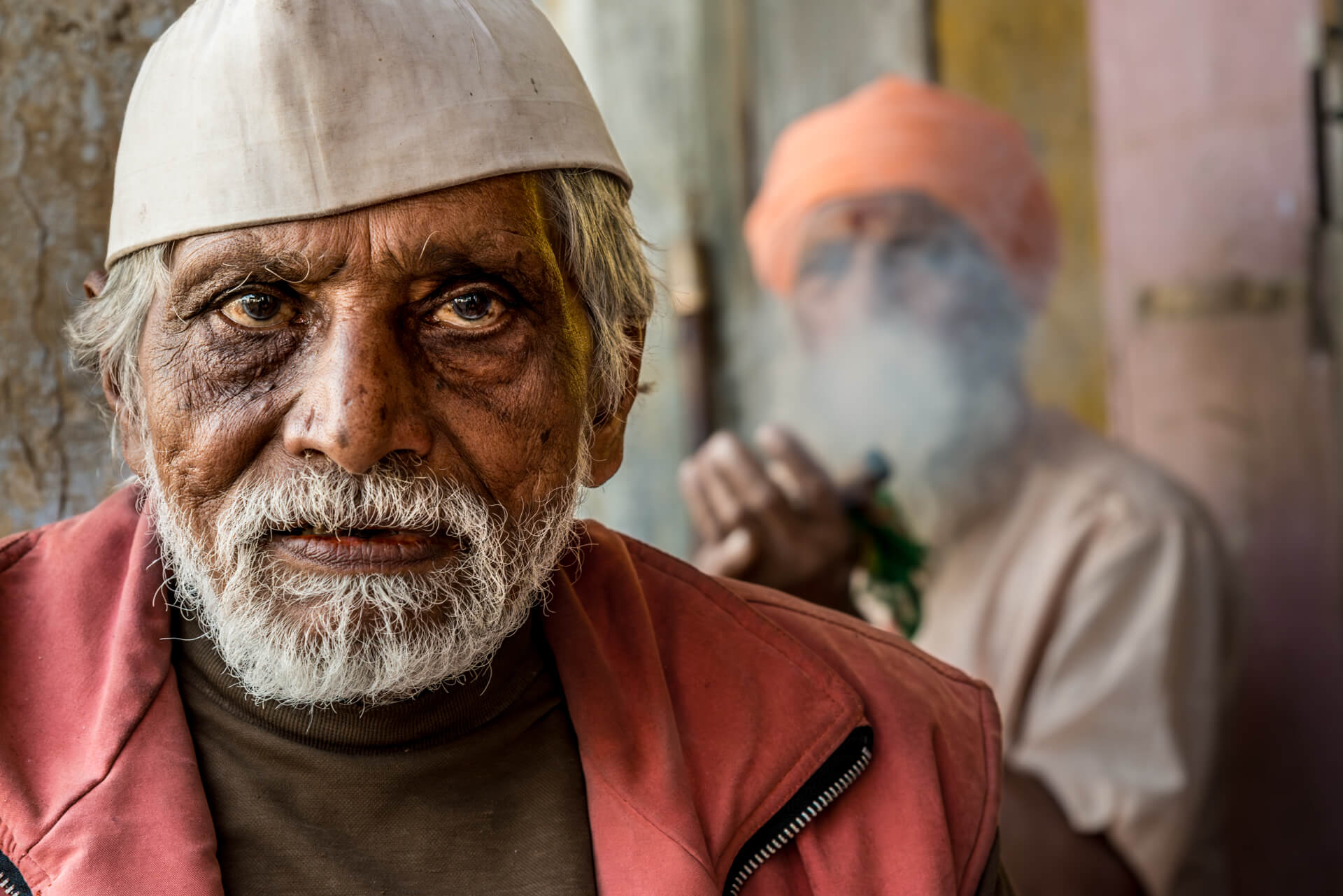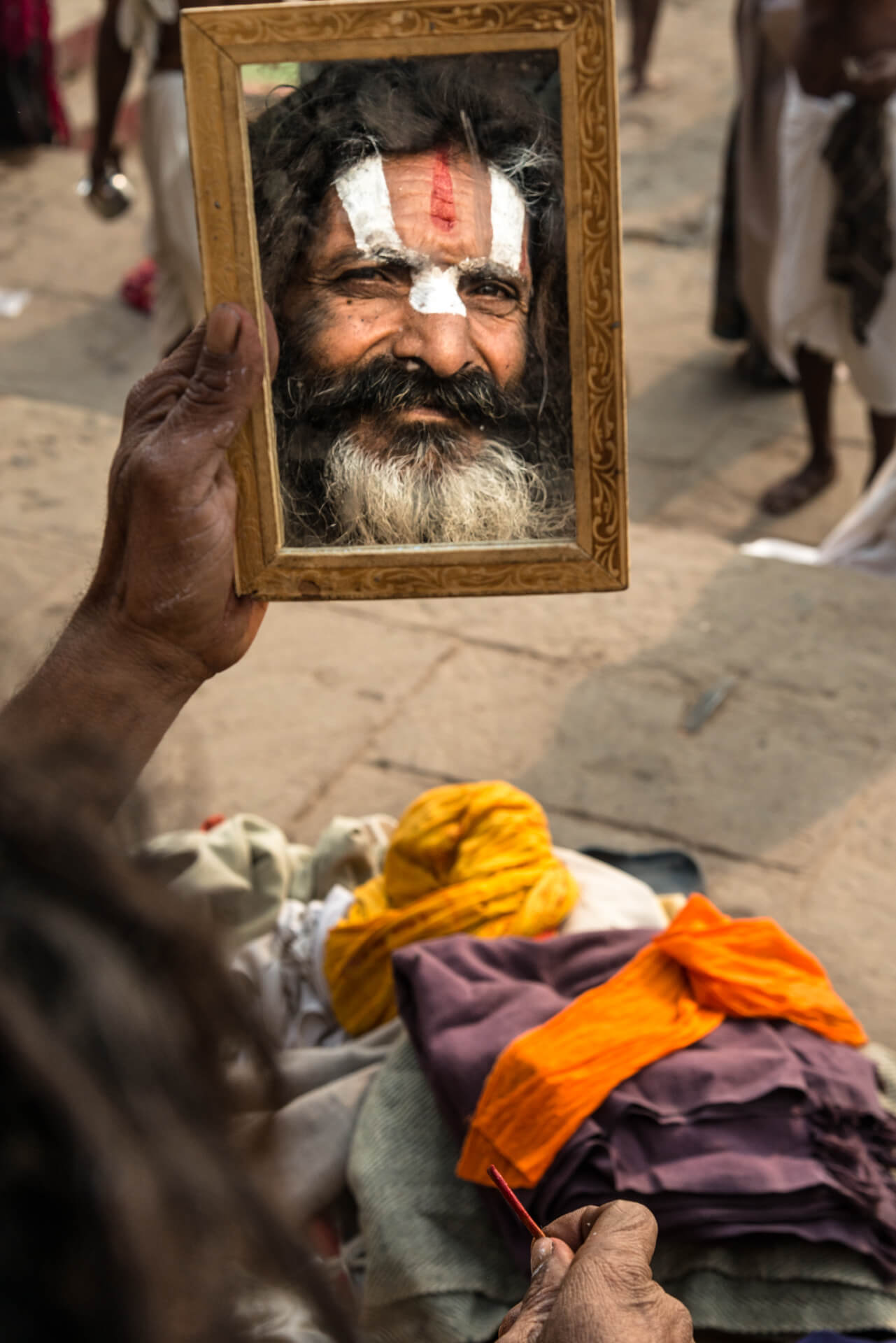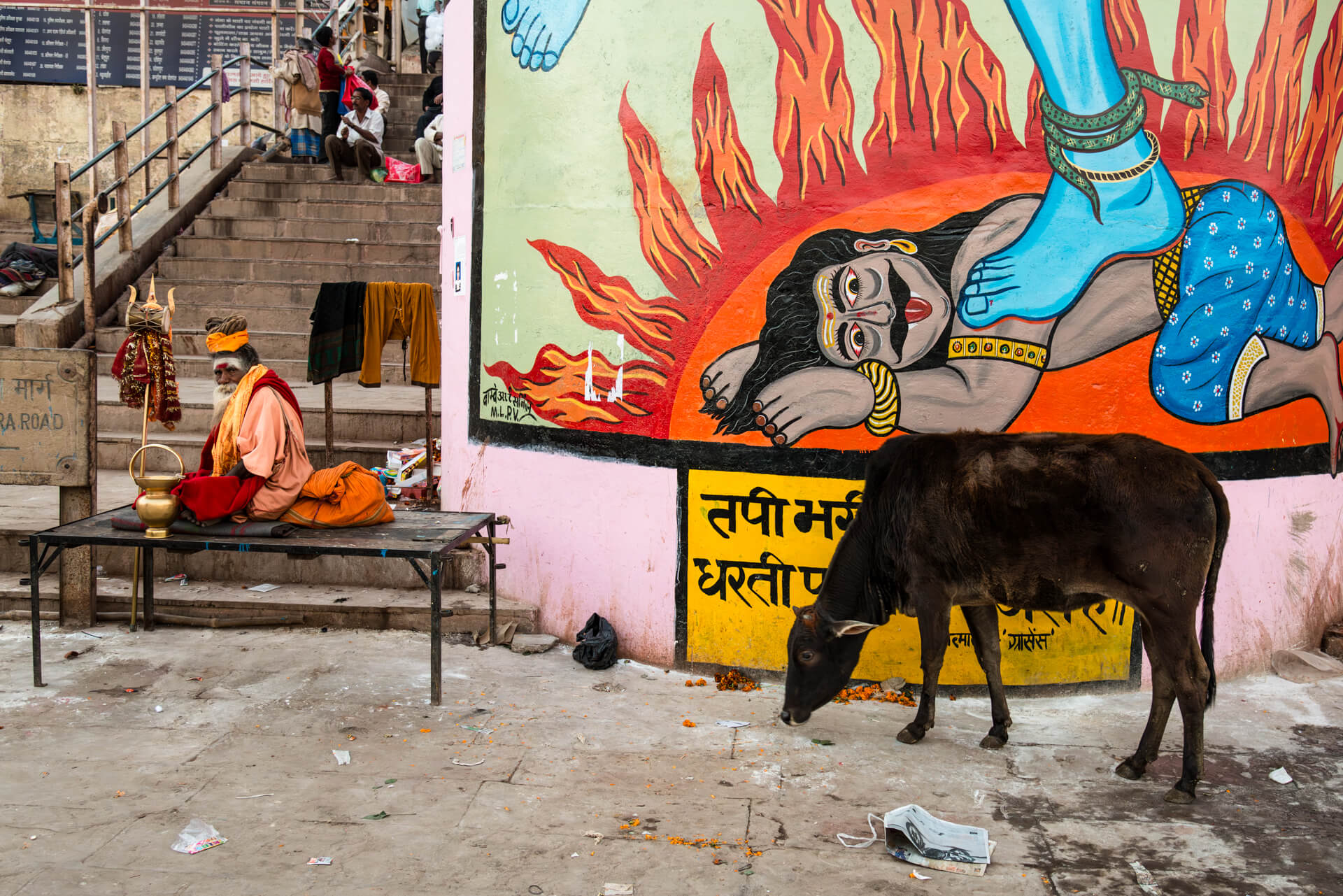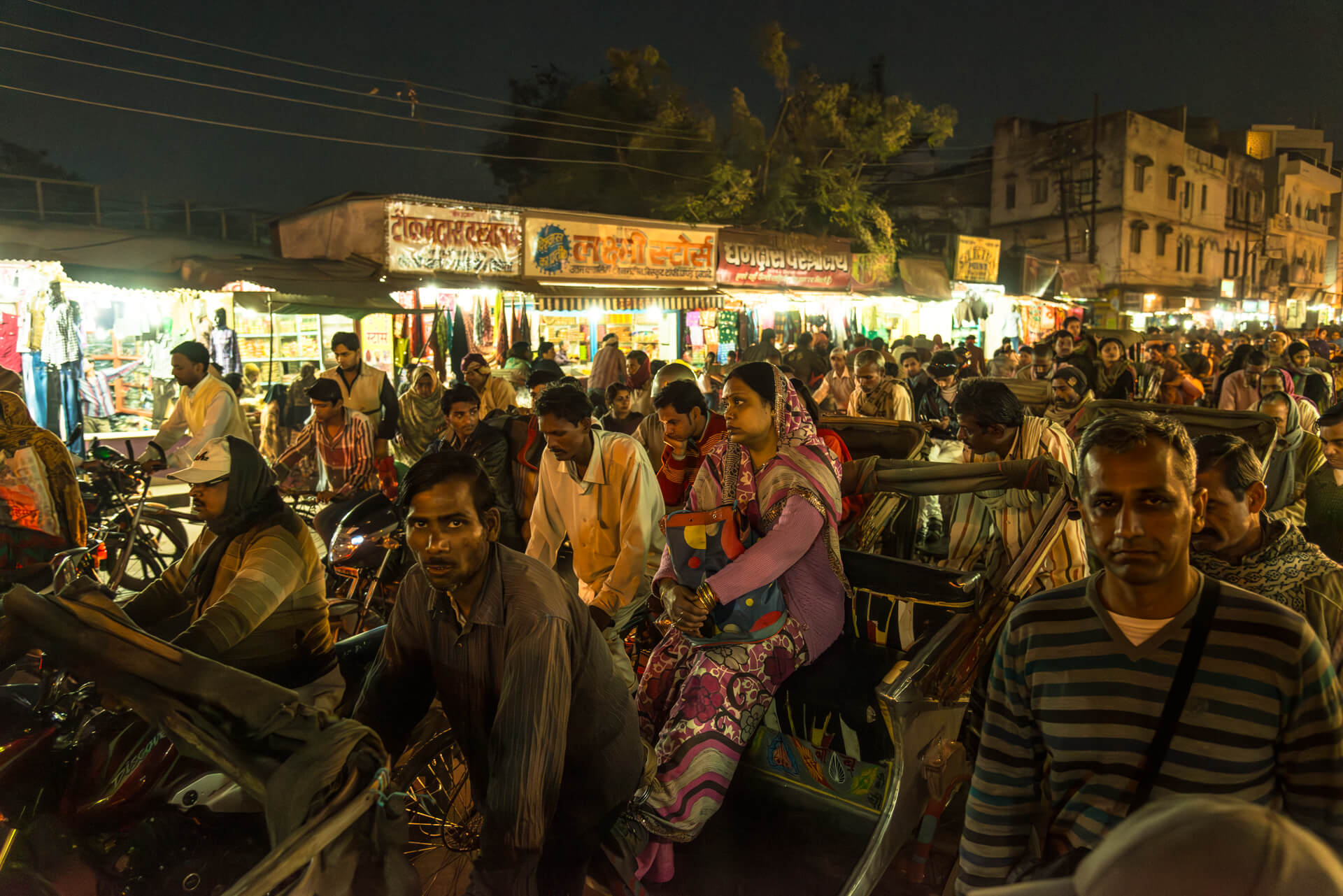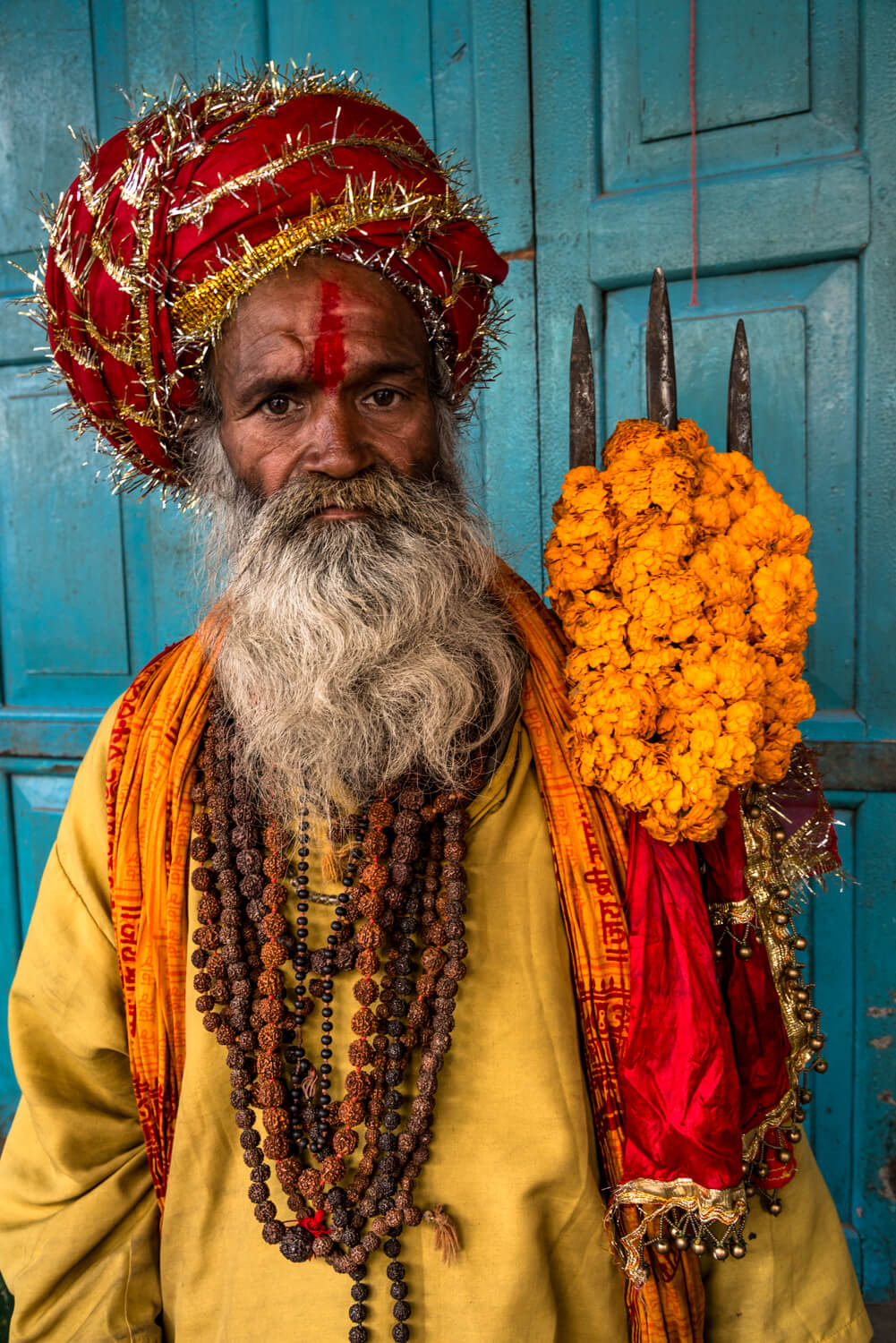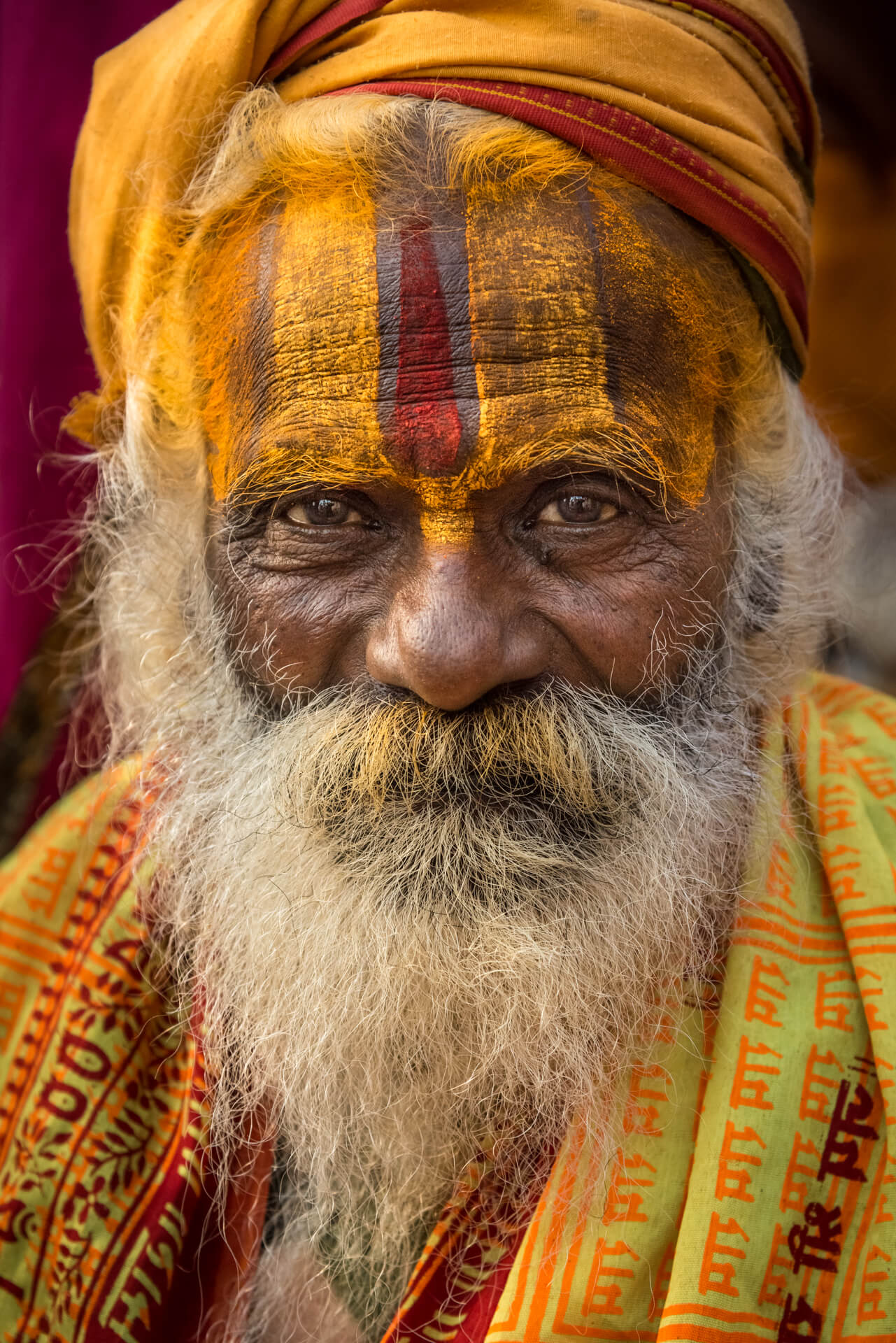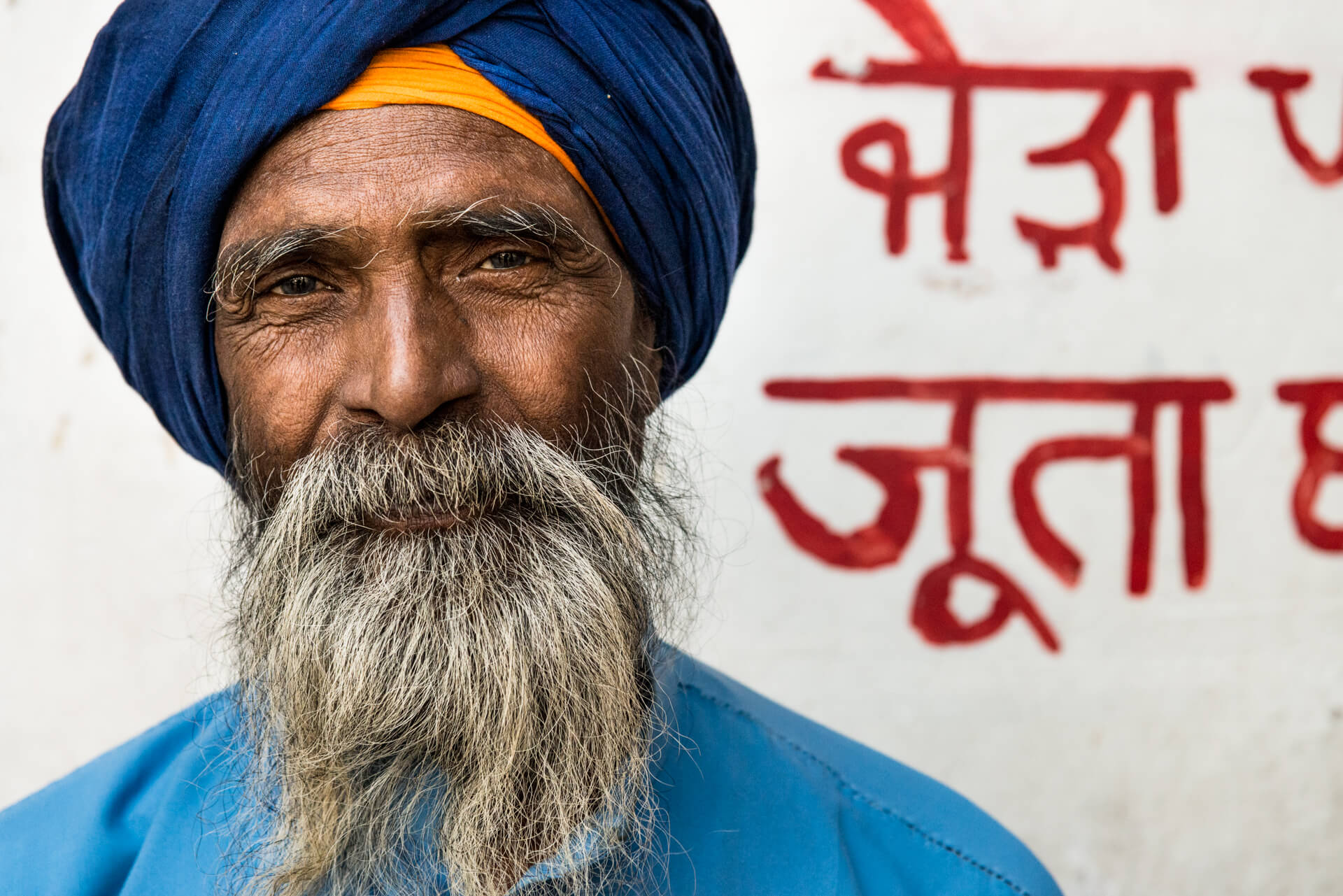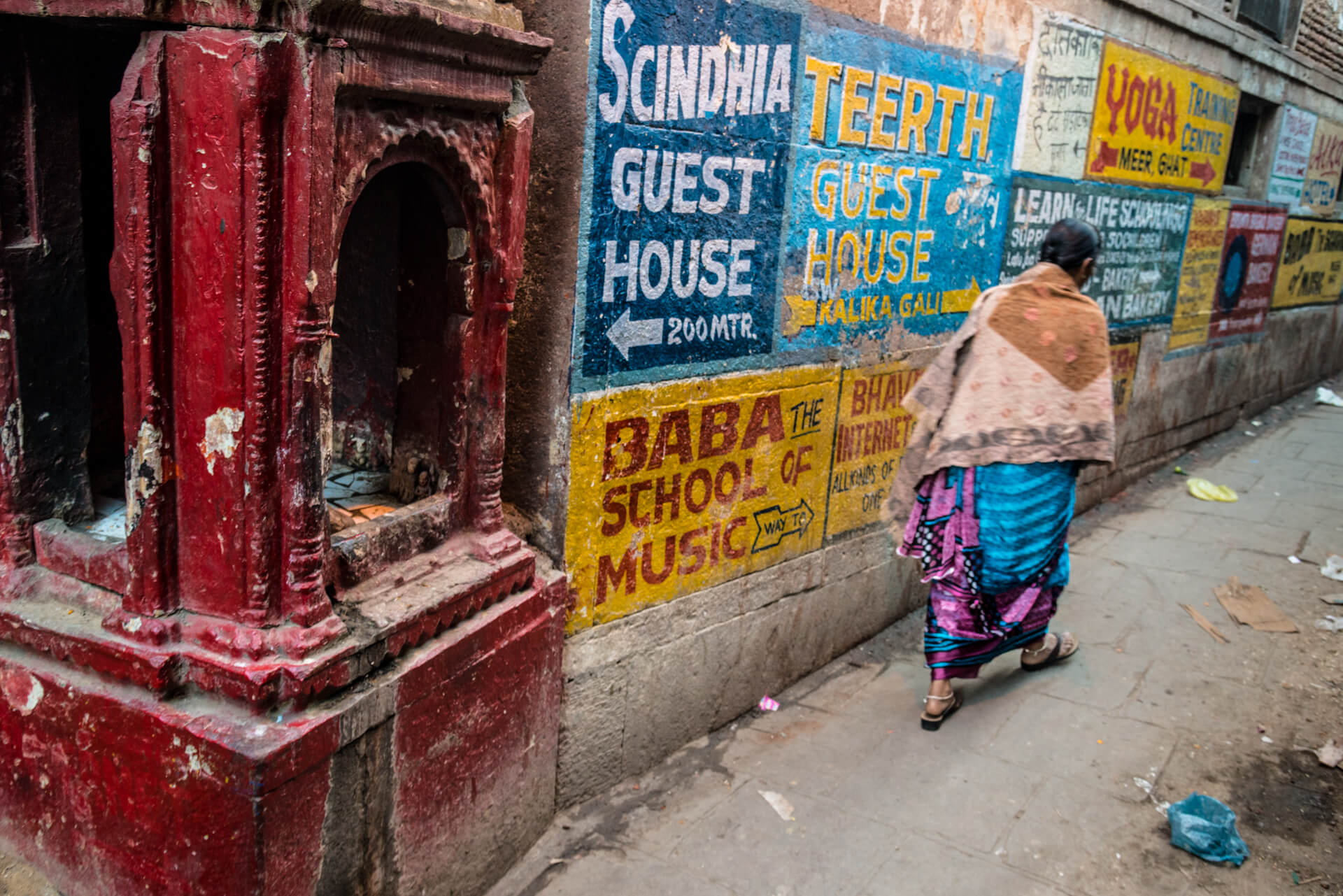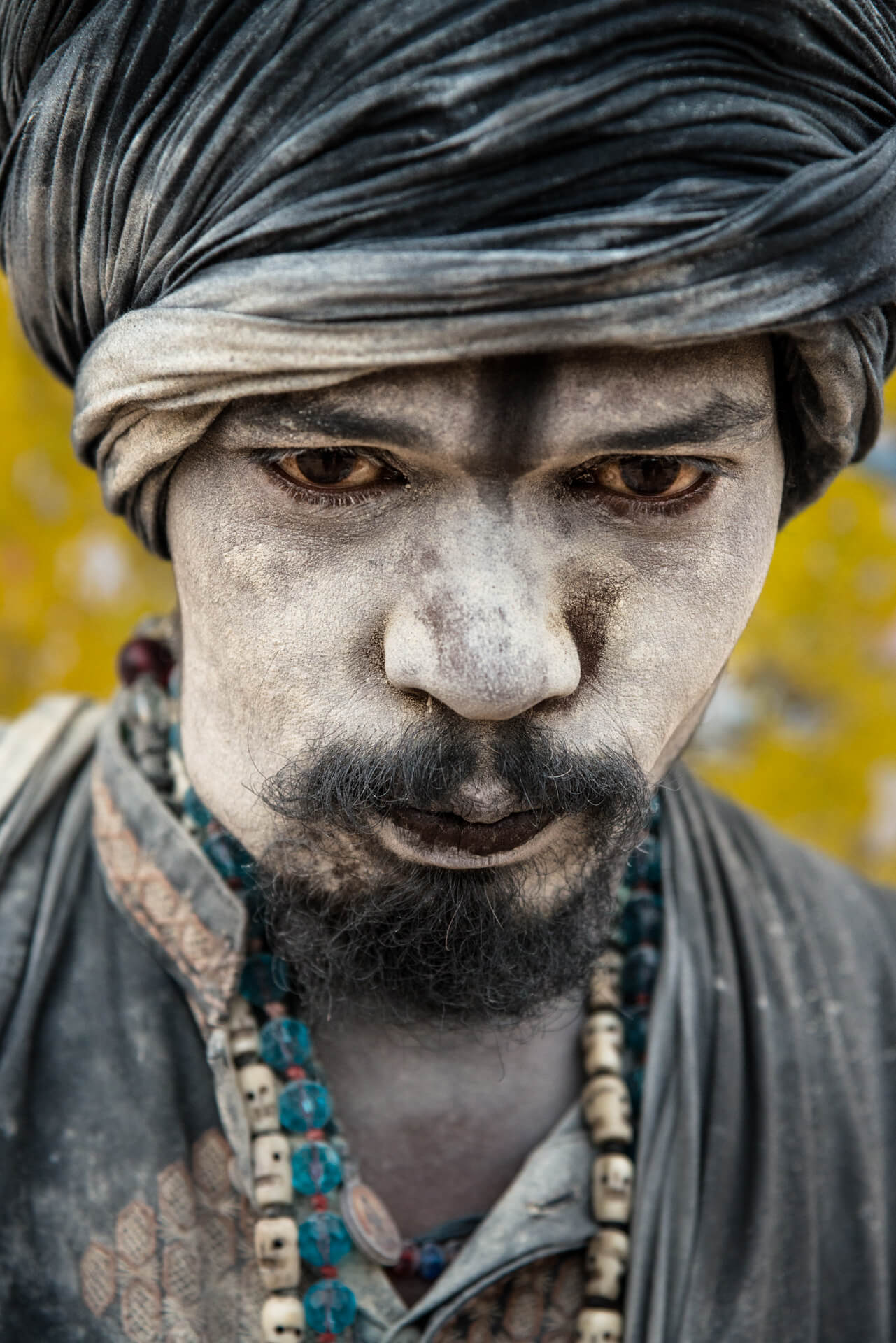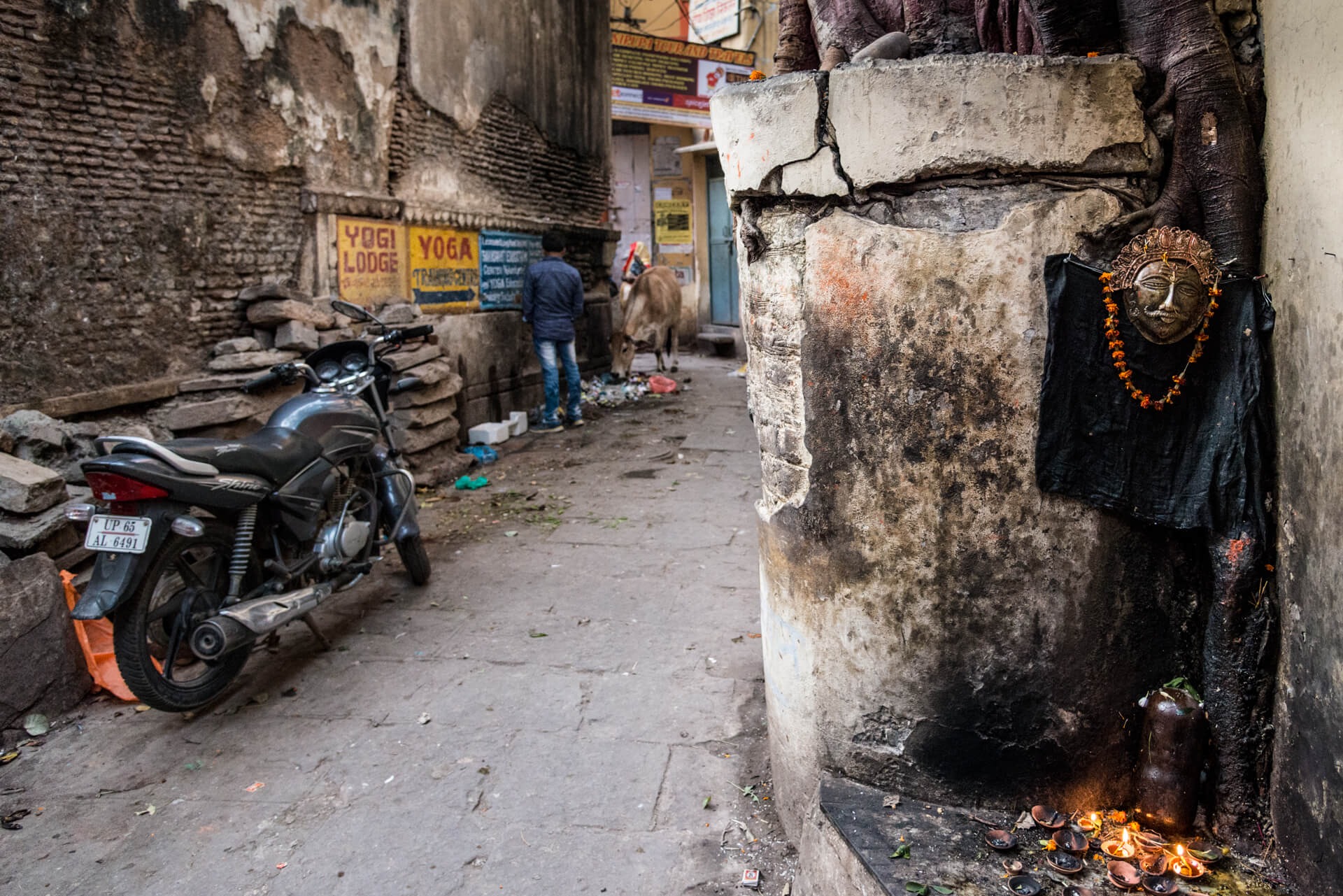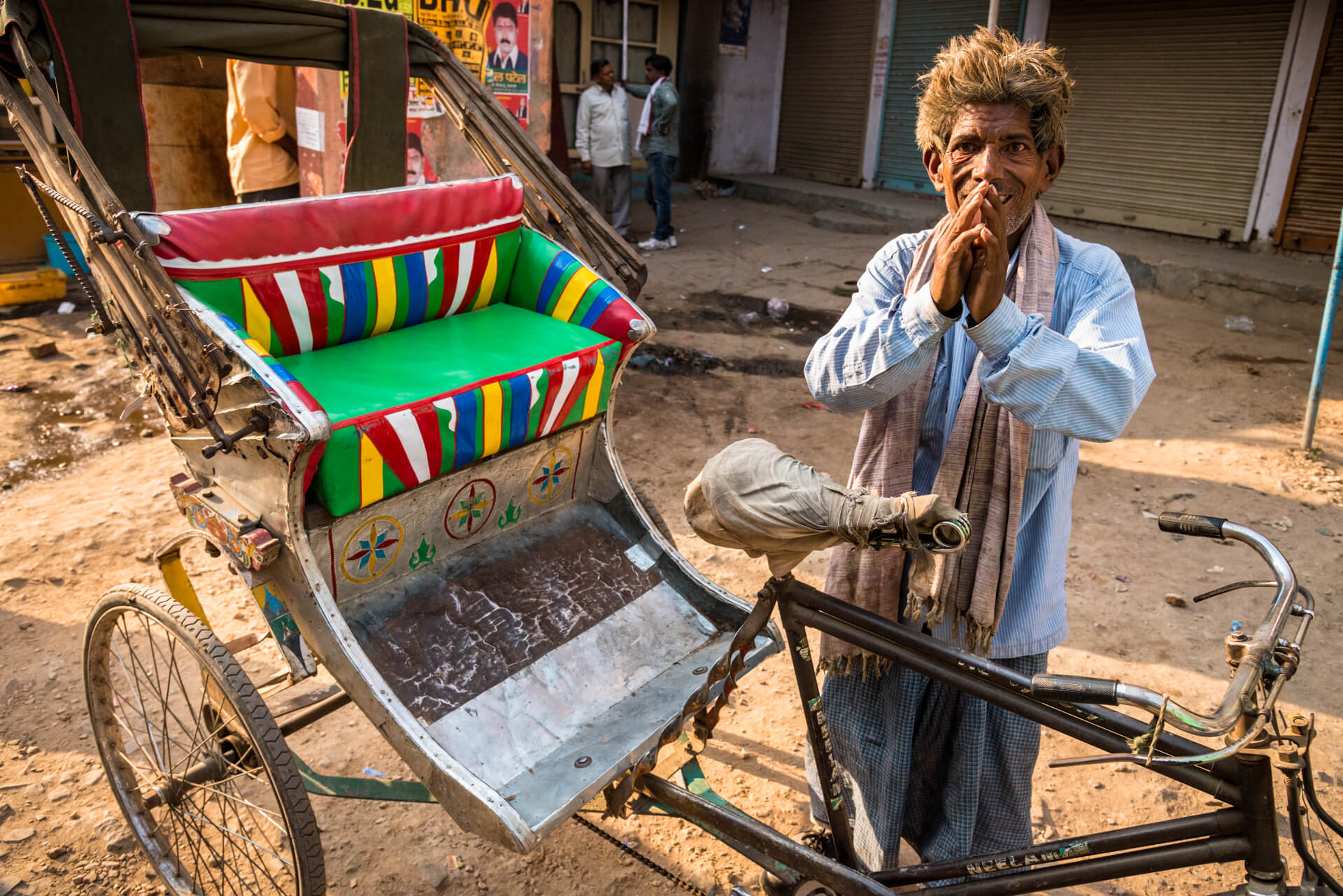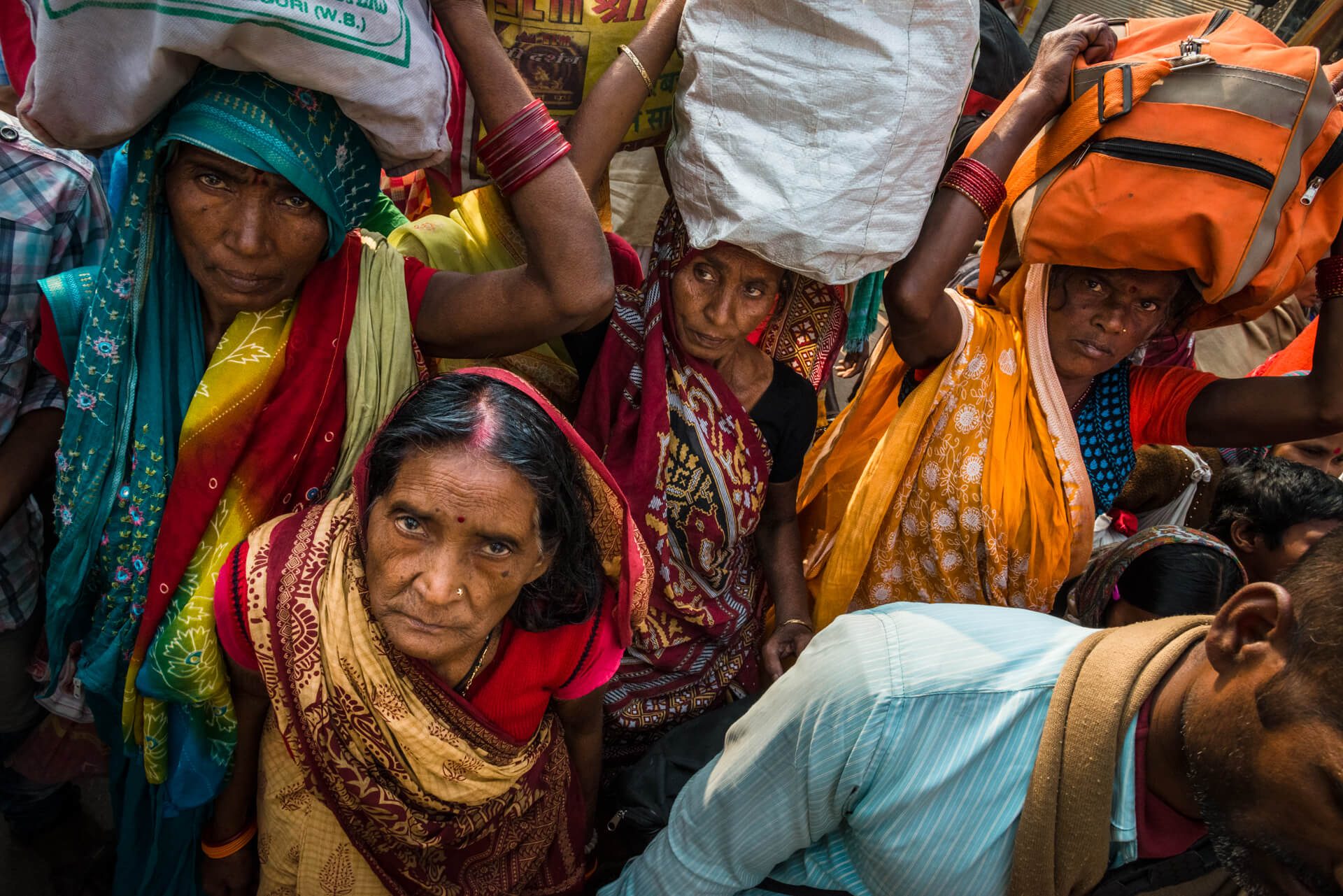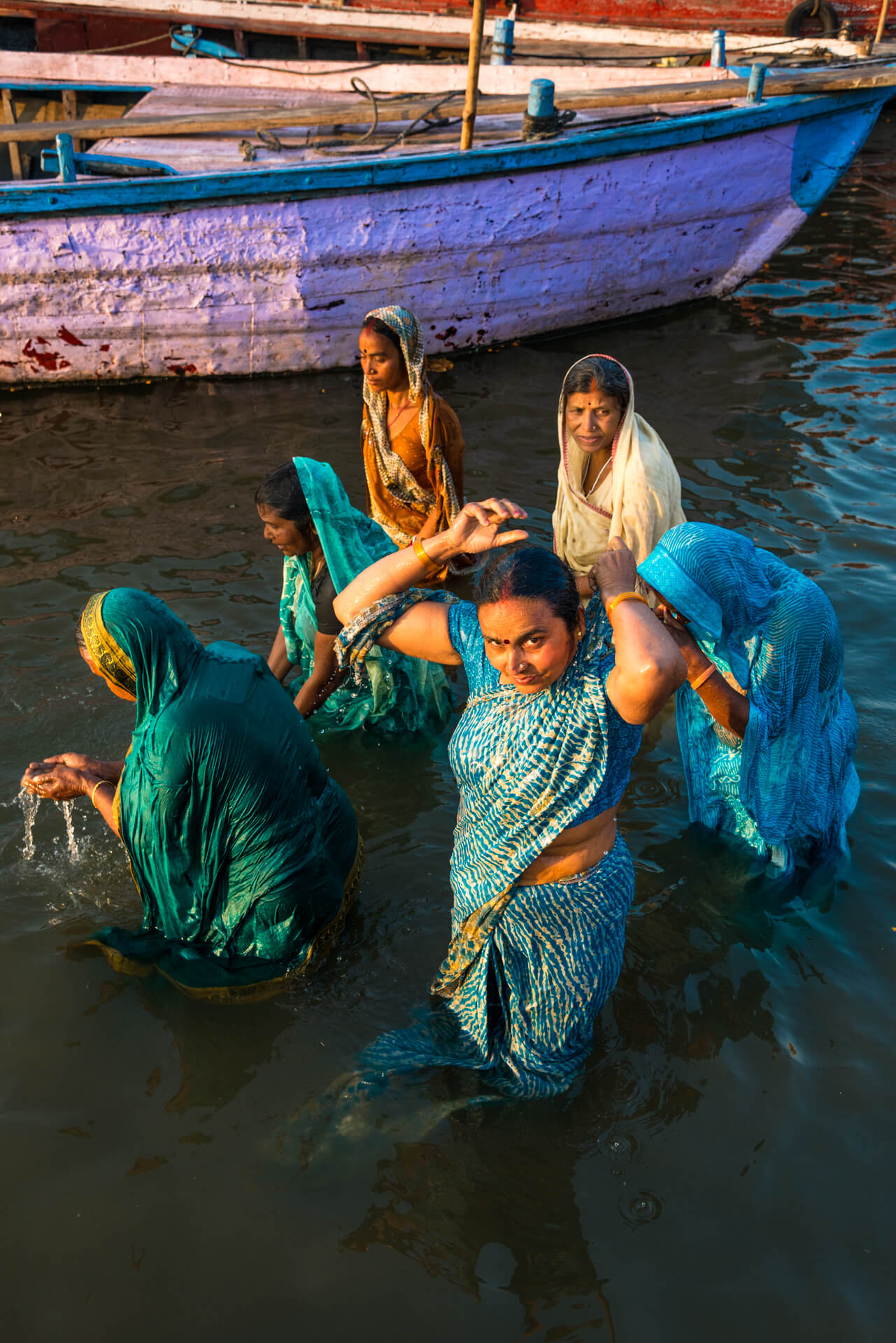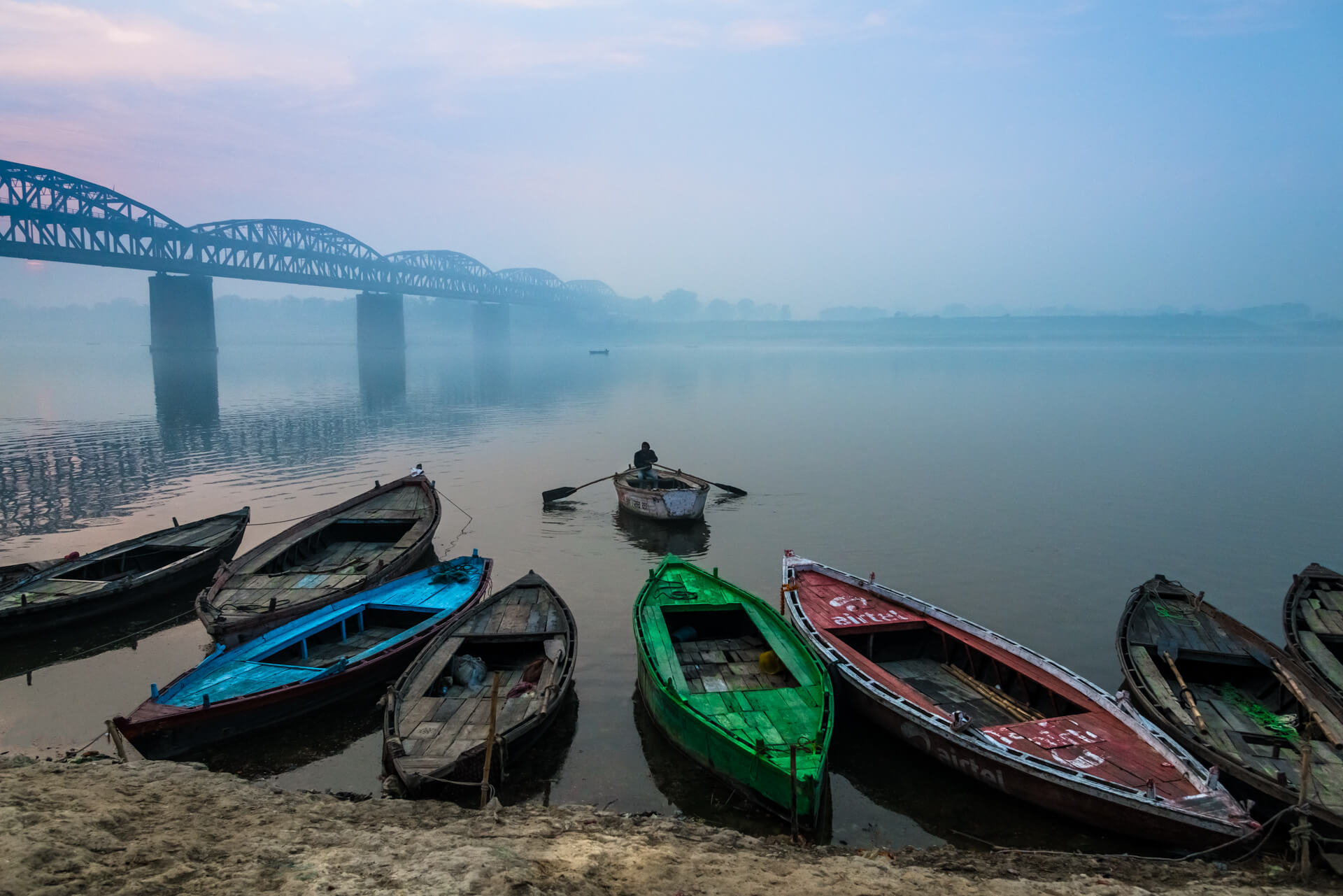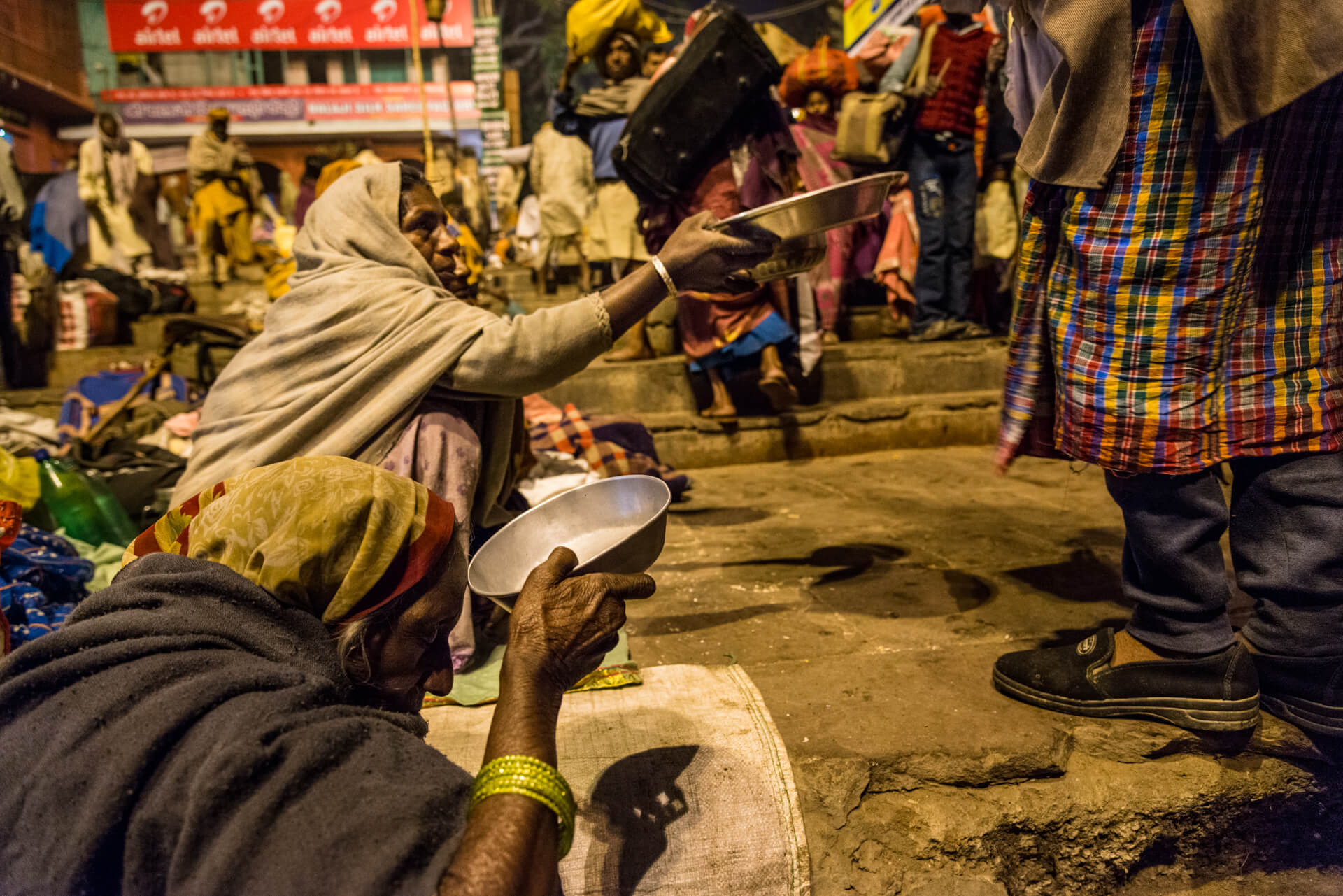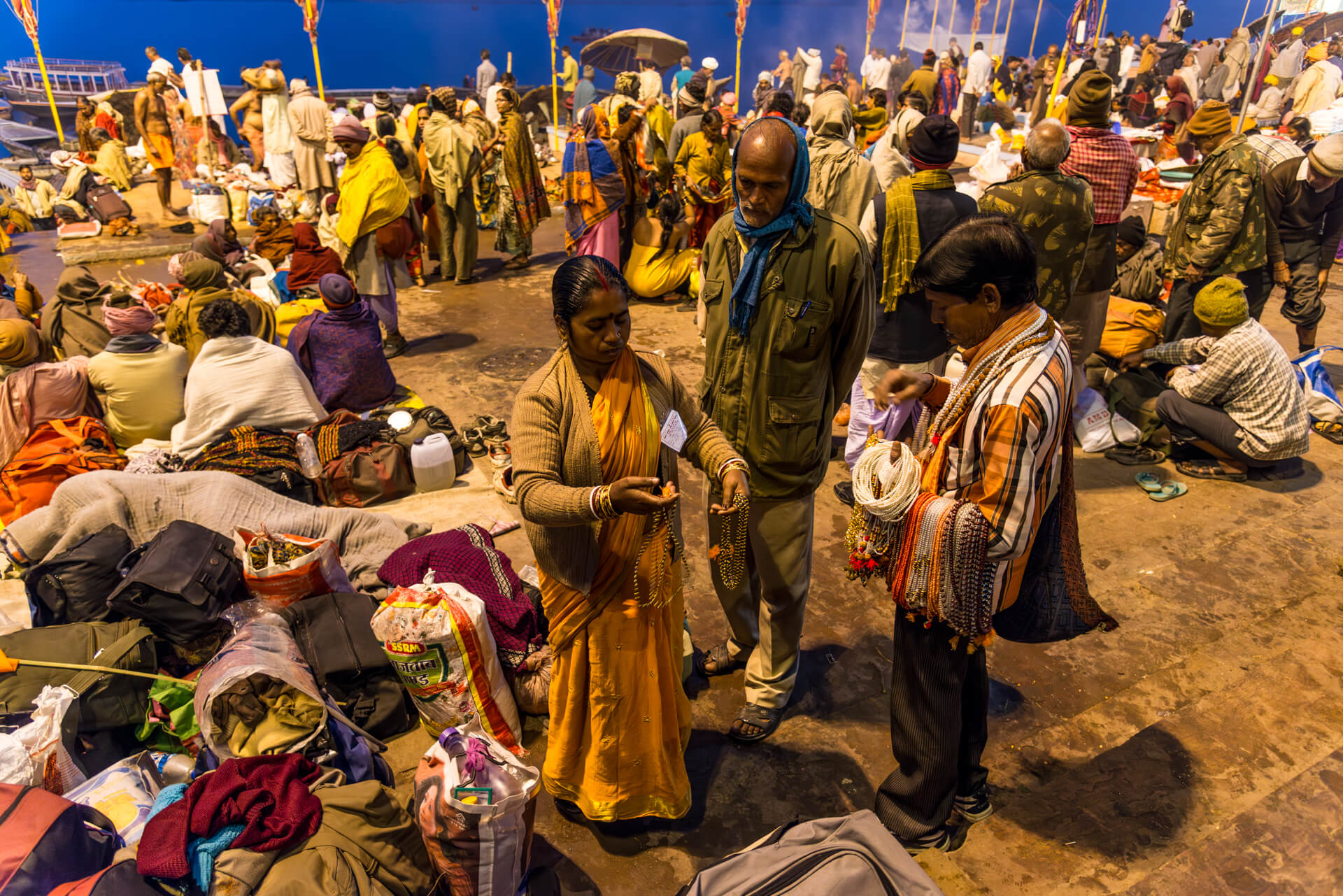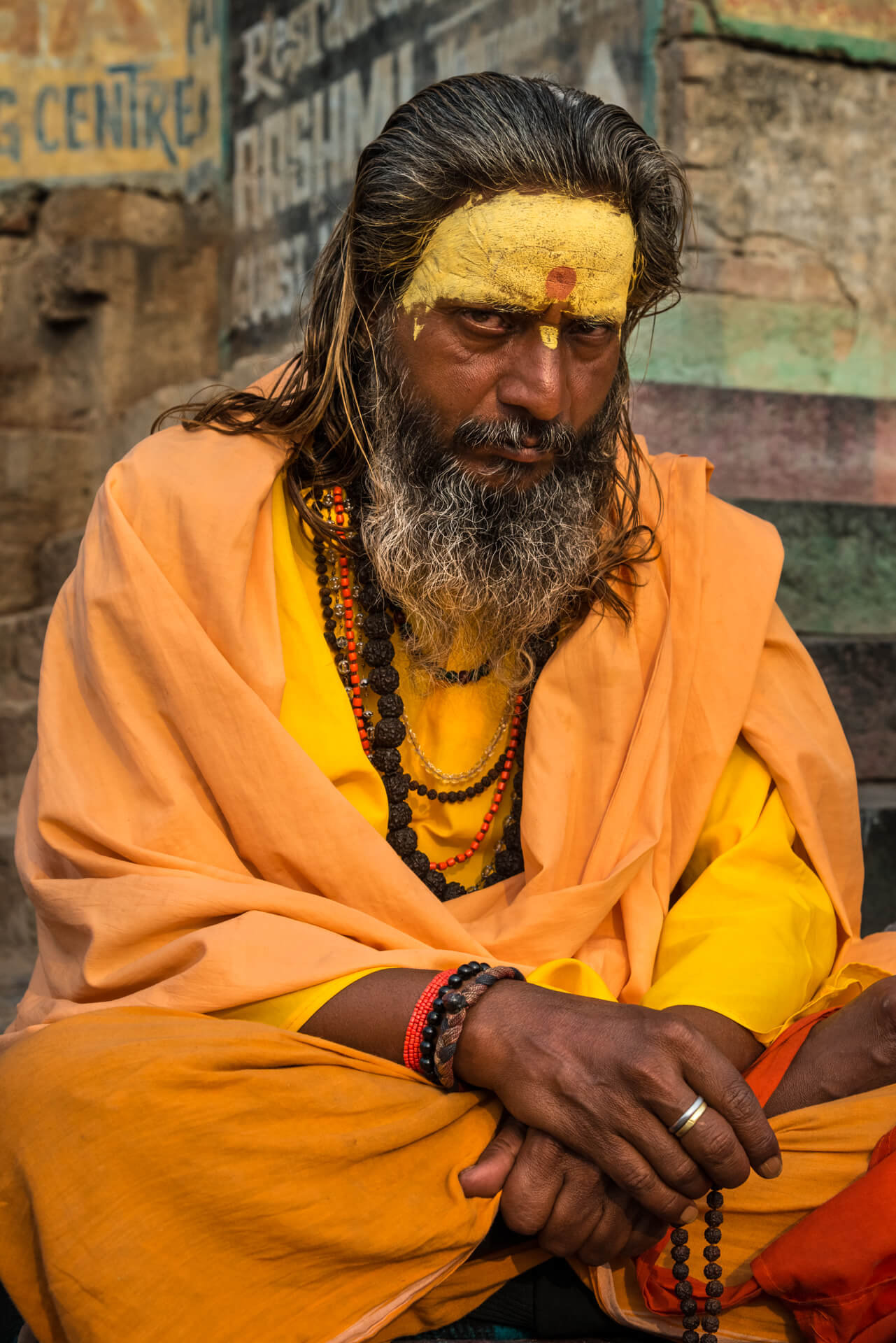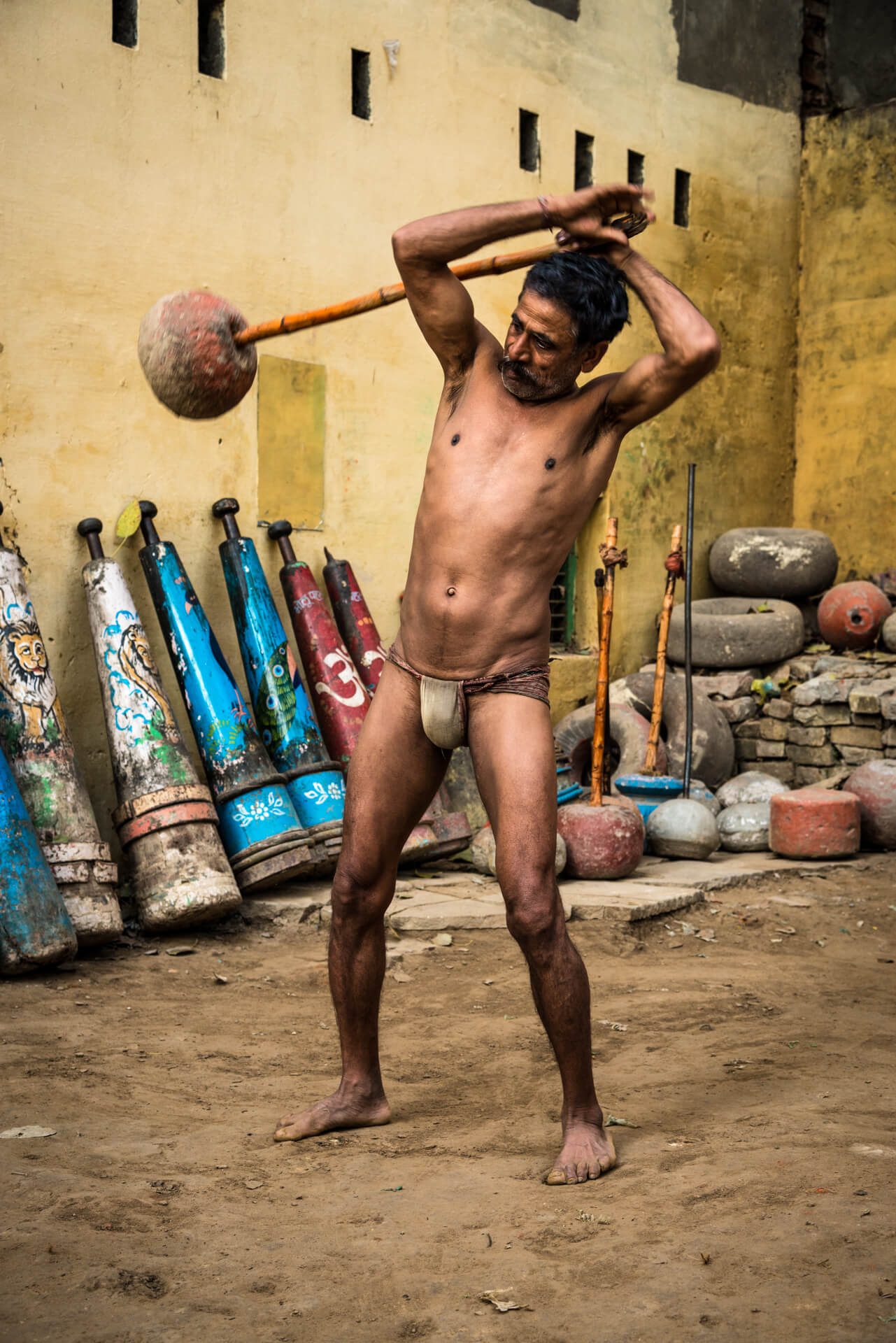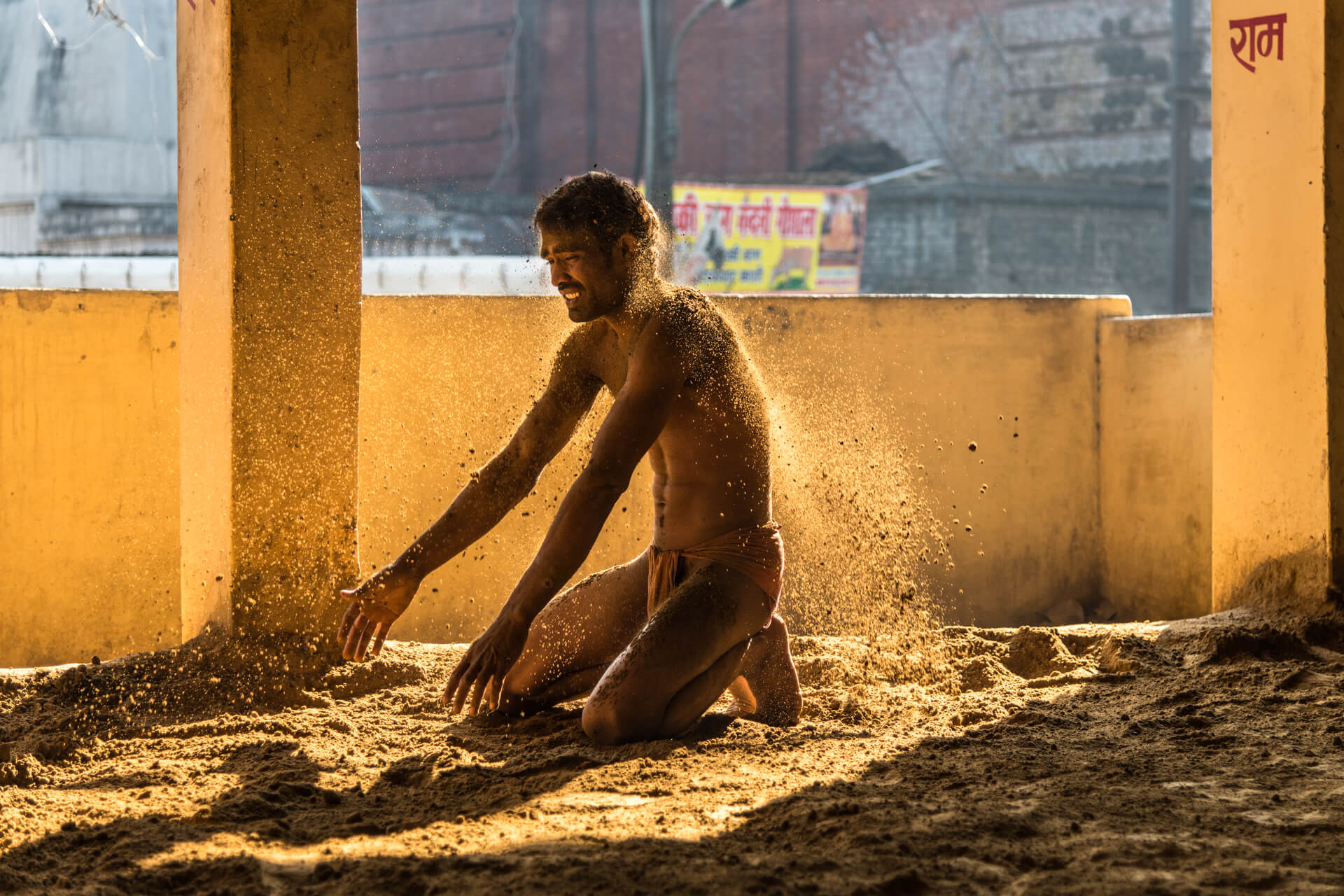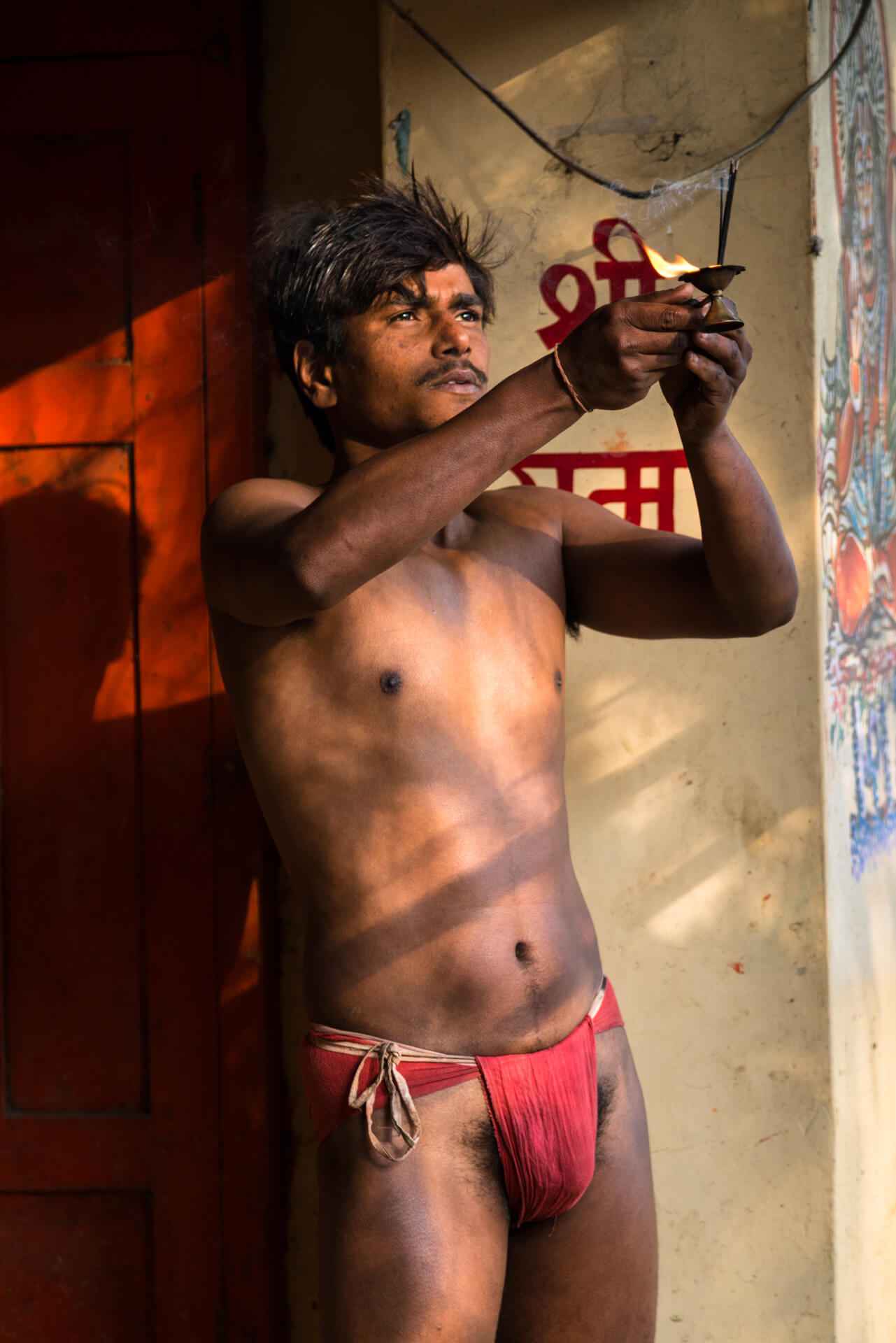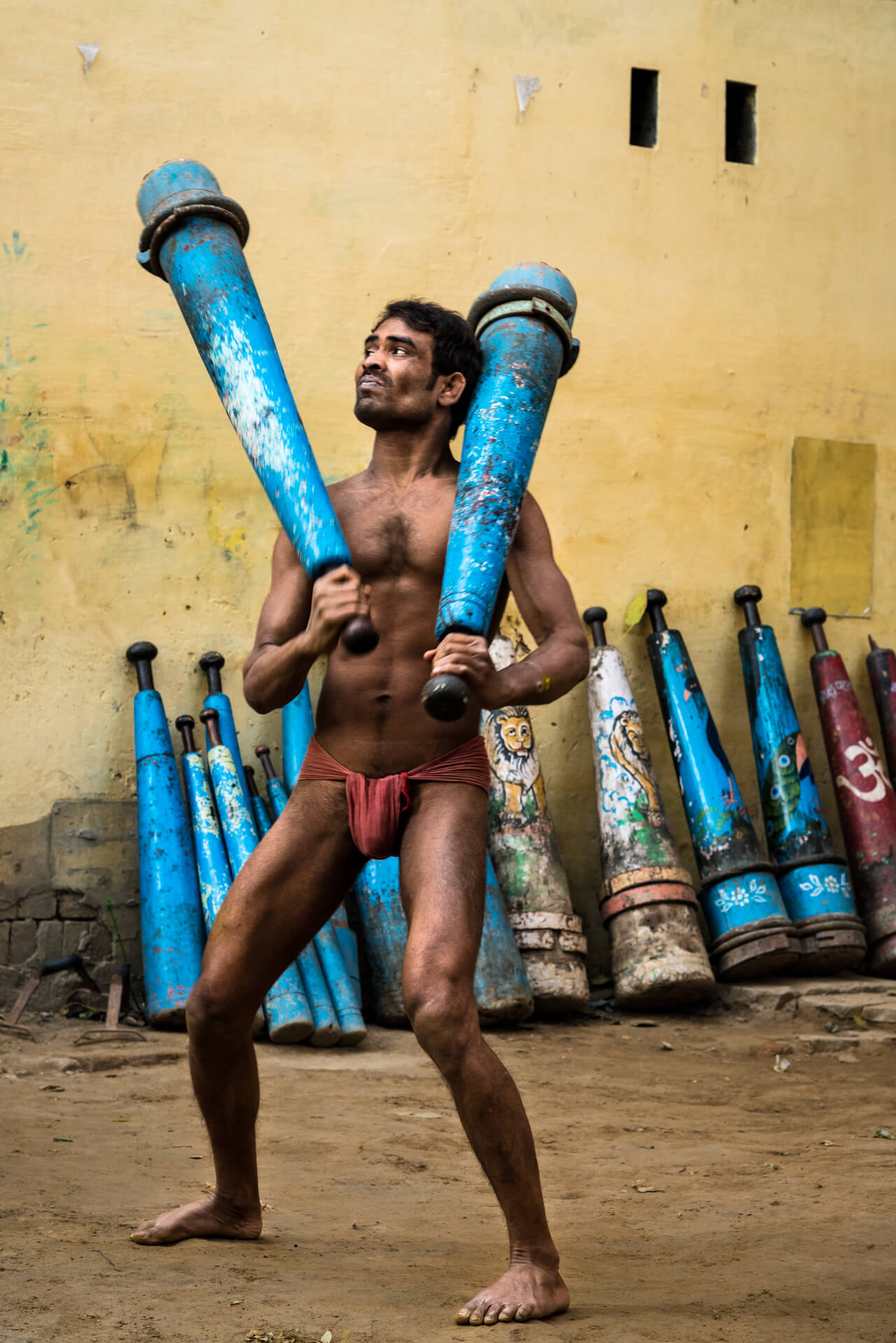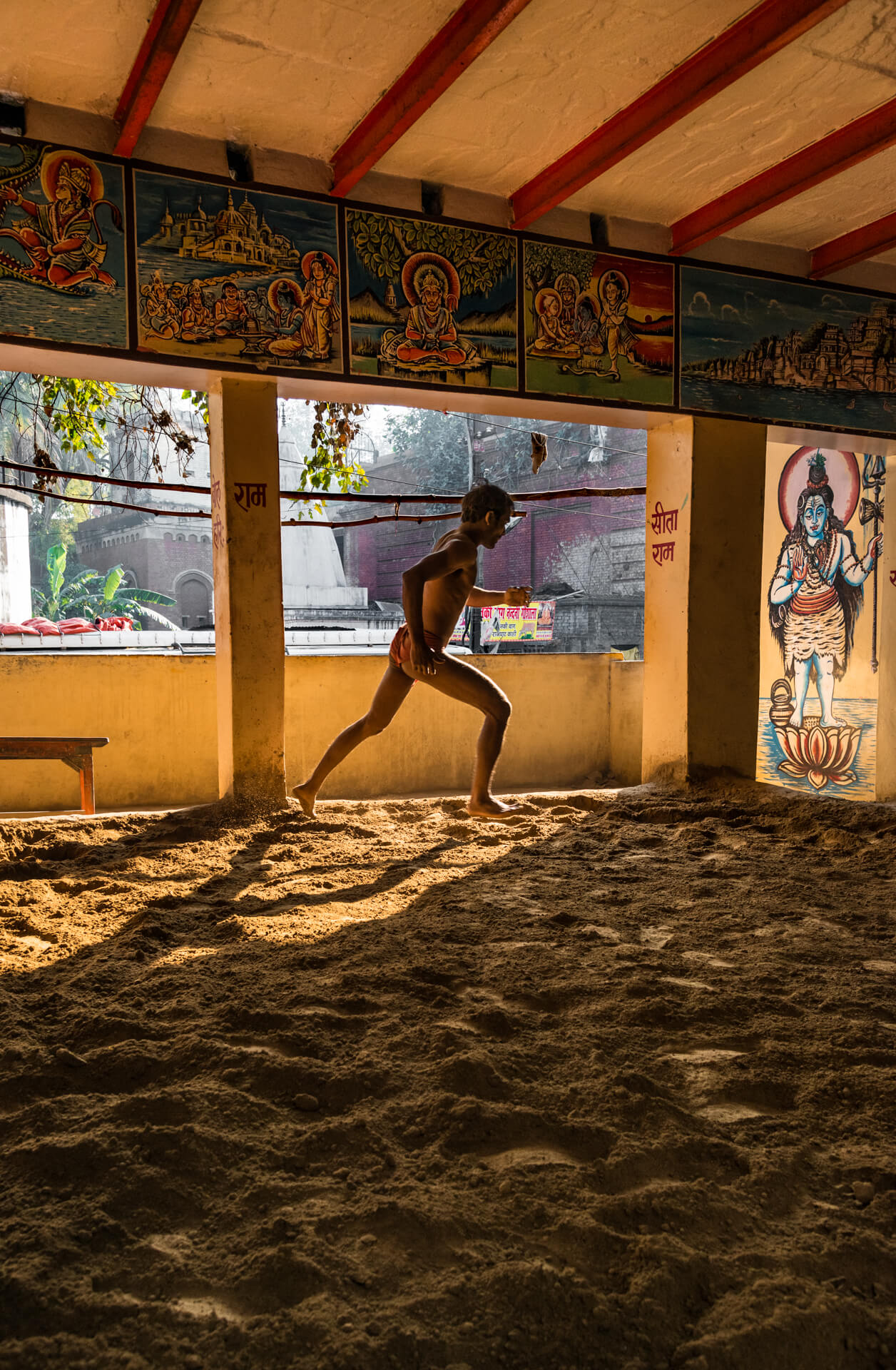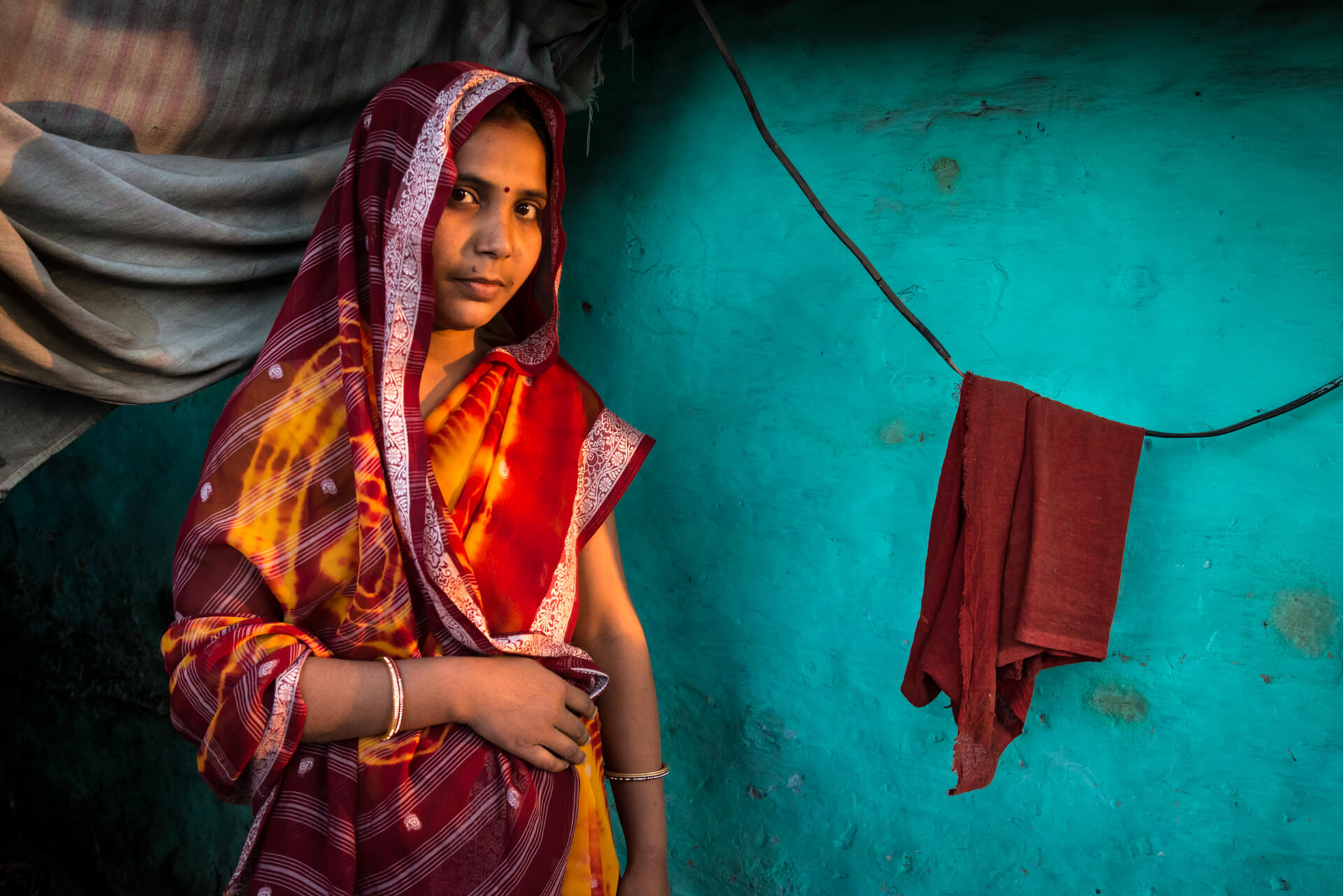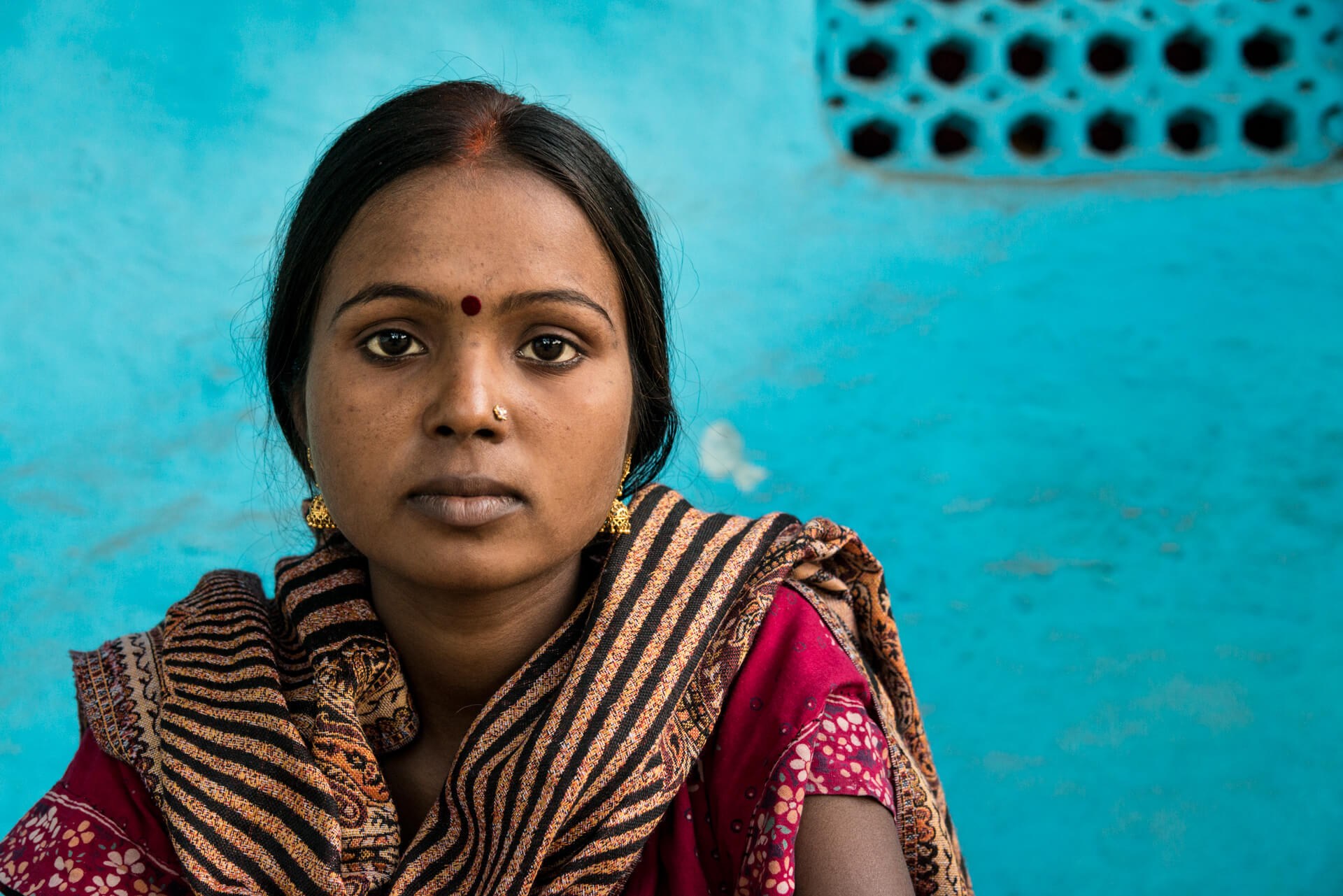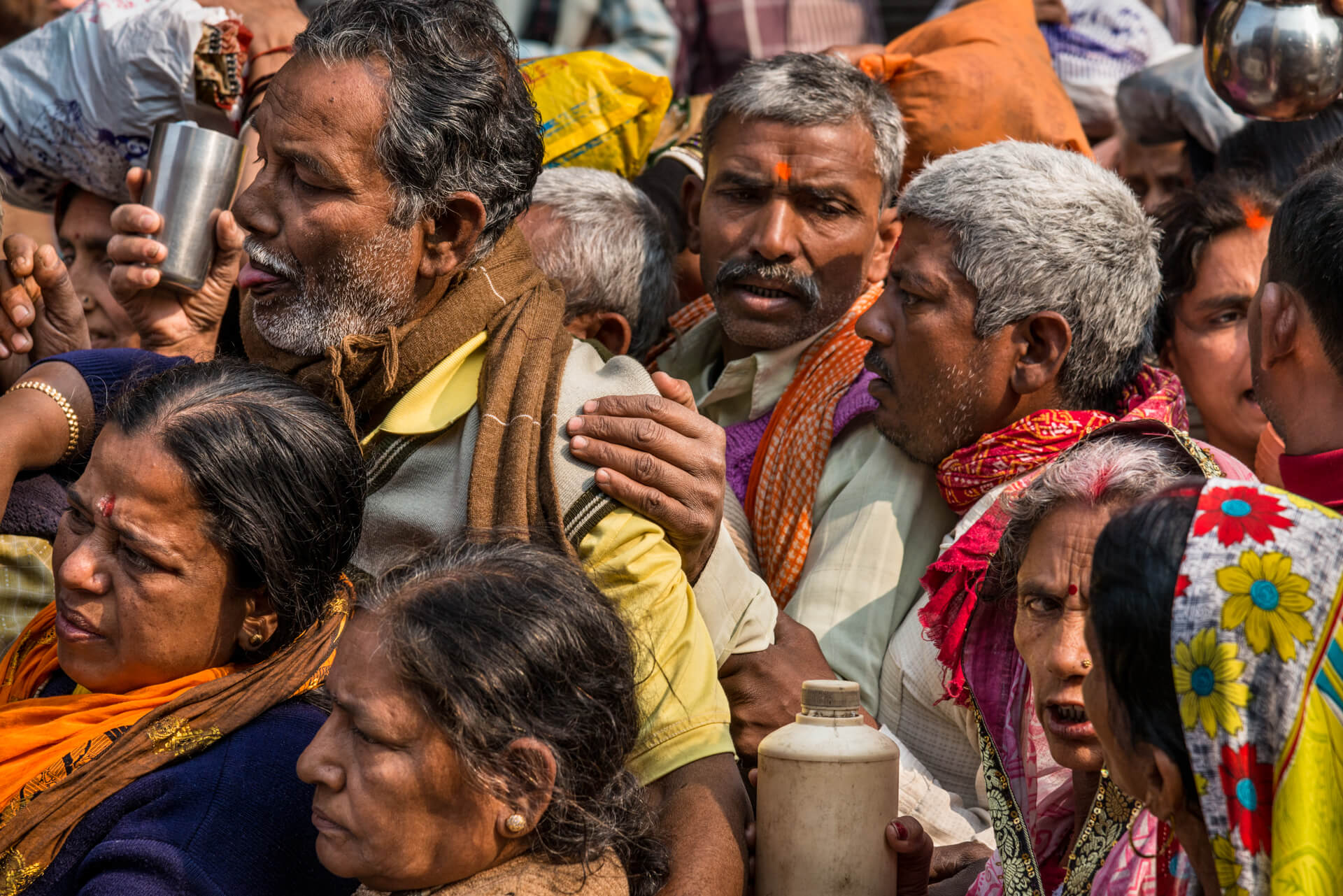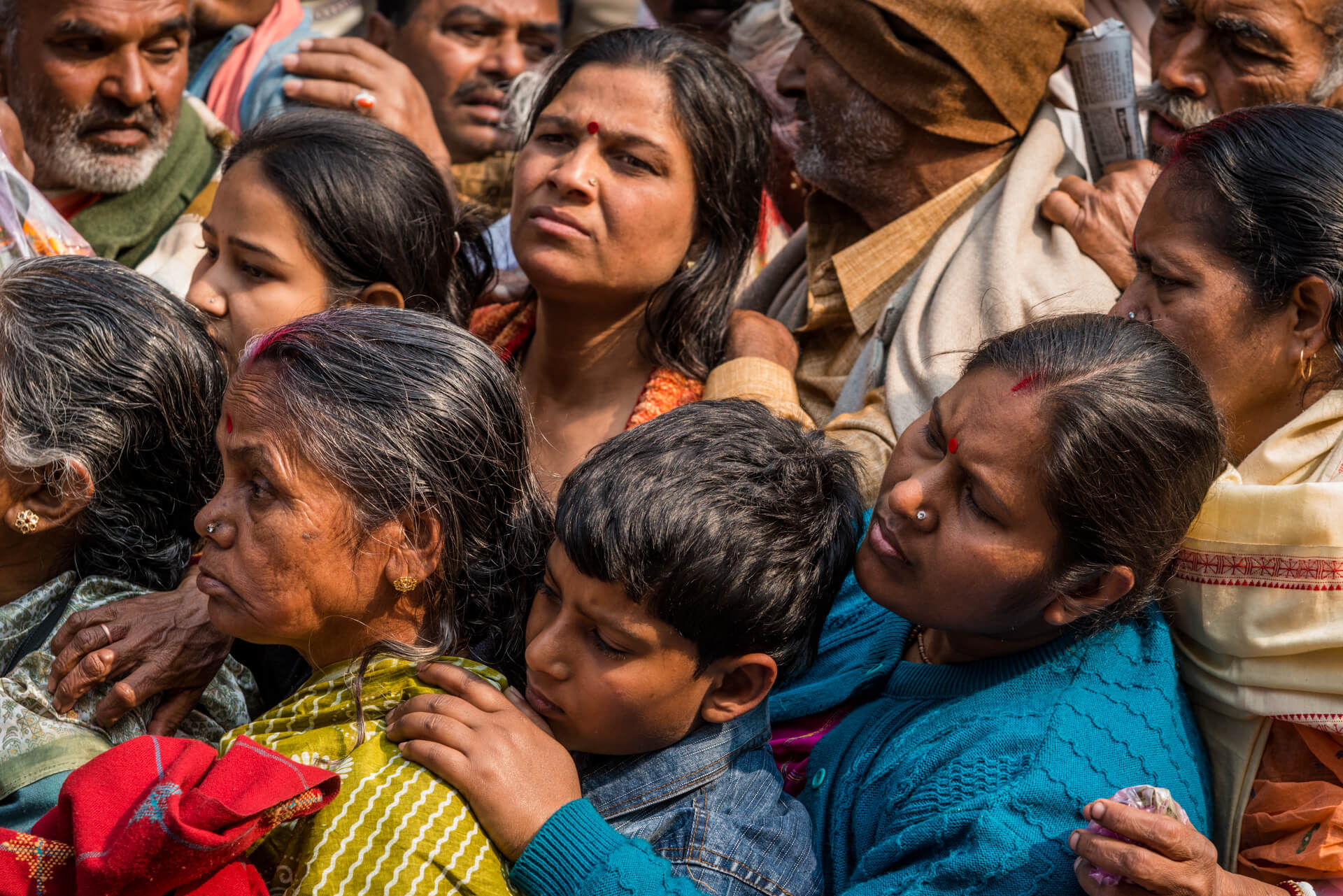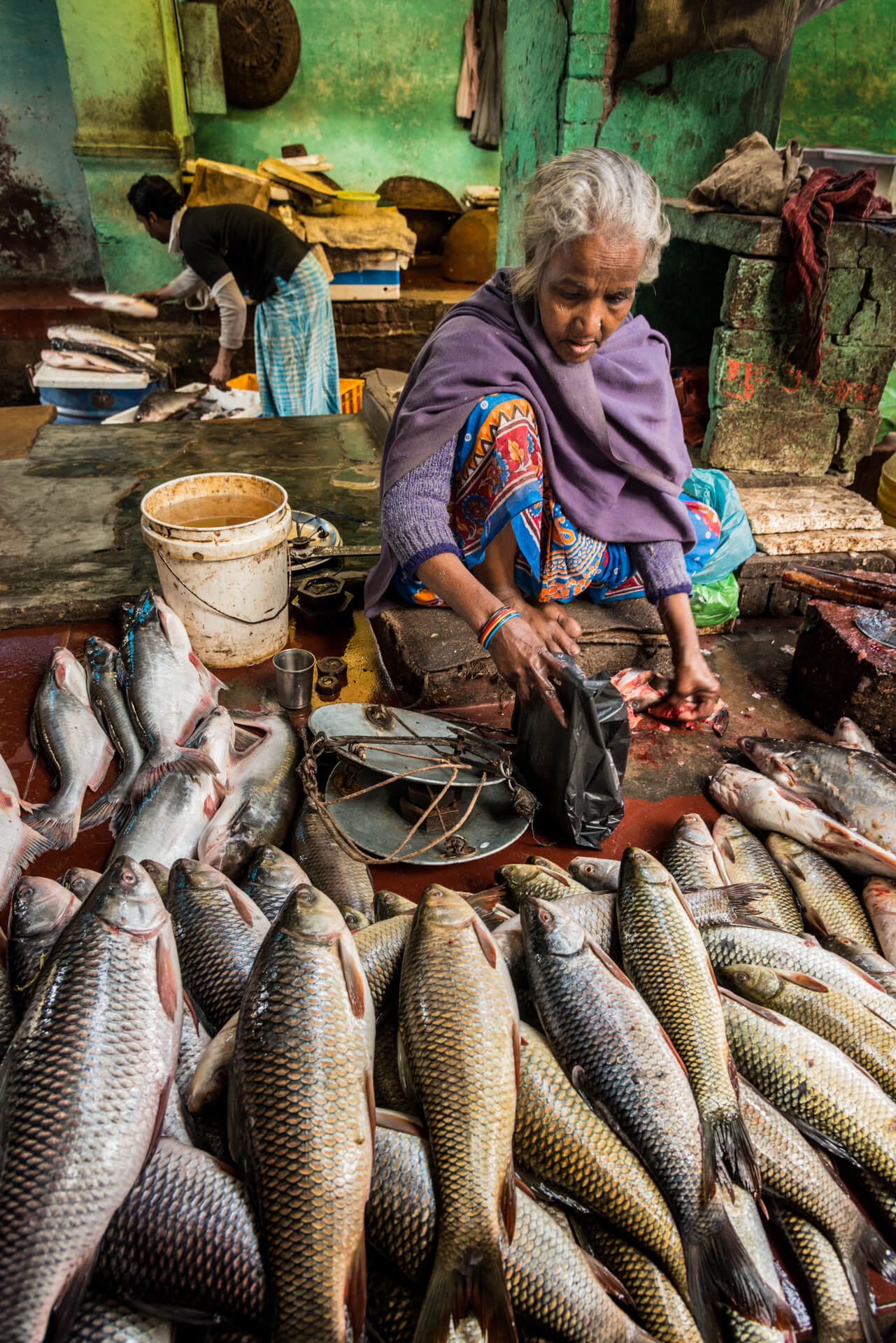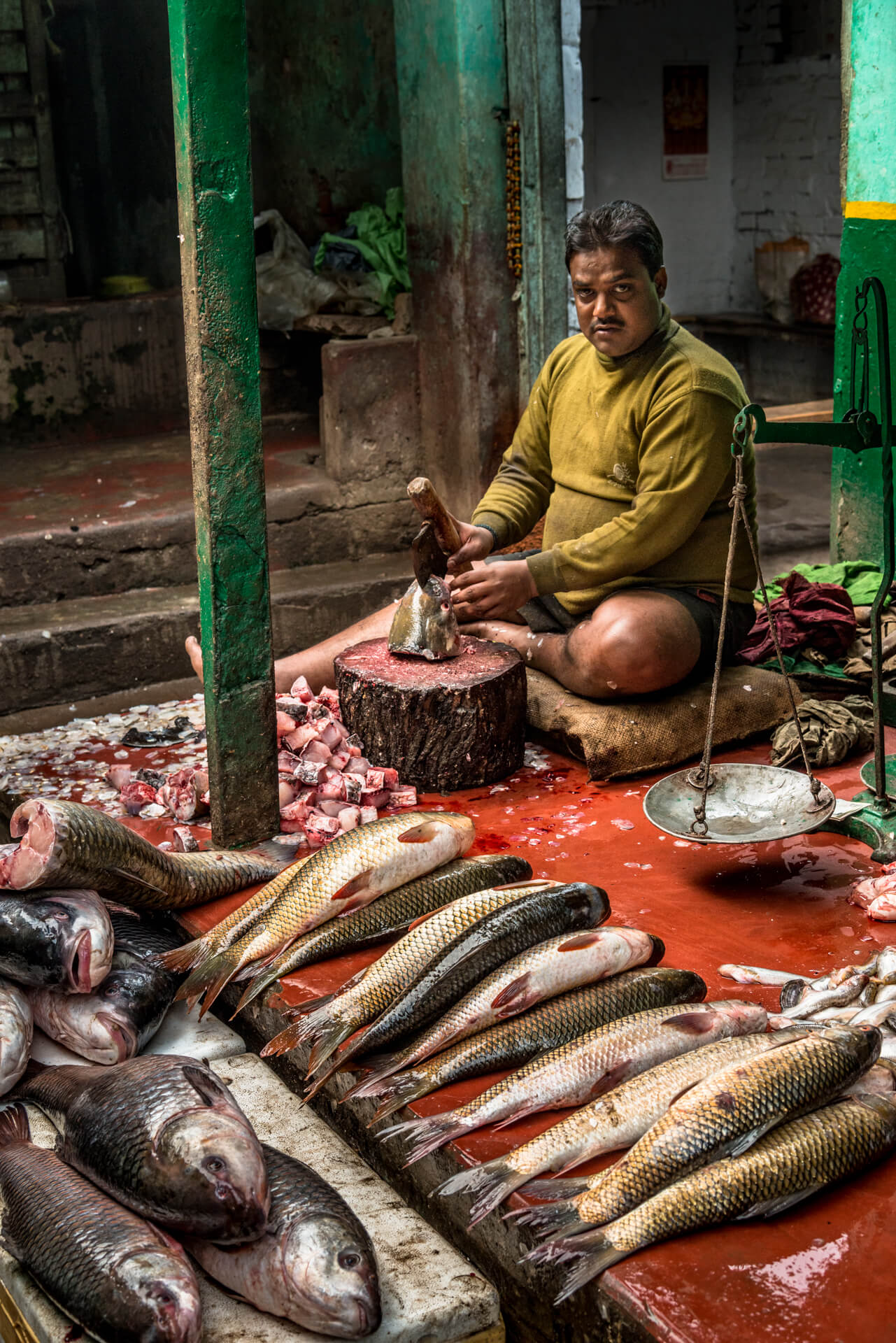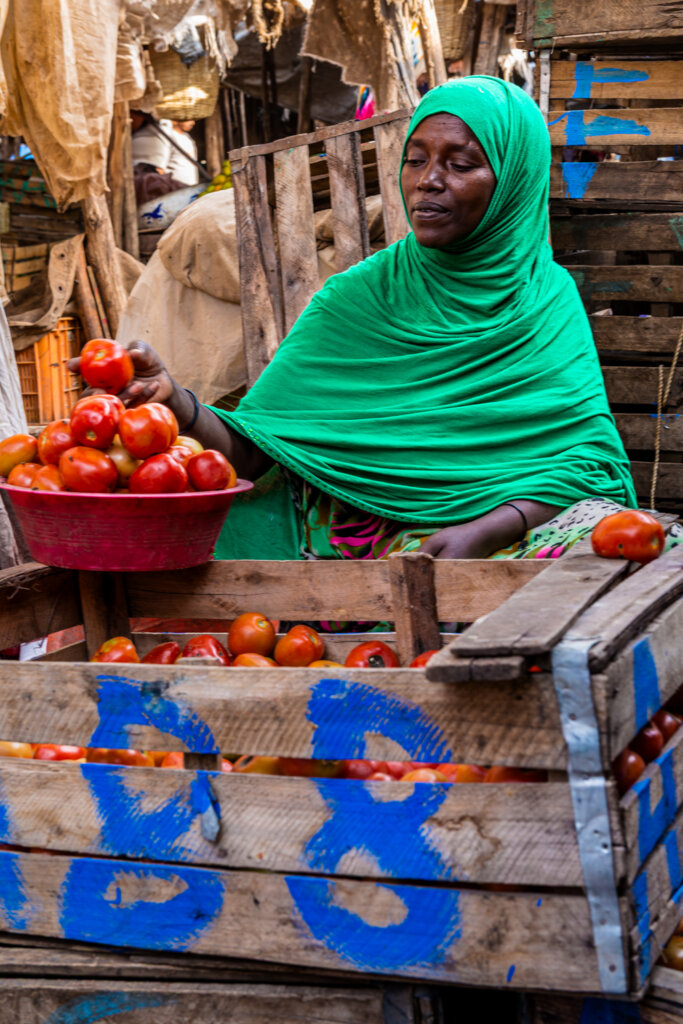Varanasi, India
“In Varanasi, life and death bathe in the same river.” Local Saying
Varanasi: Light, Ritual, and Raw Edges
I arrived in Varanasi early in the morning. Fog hung over the Ganges softening the silhouettes of temples and people, blending with smoke from smoldering pyres. The river shimmered with a golden sheen from the rising sun.
This is one of the oldest continuously inhabited cities in the world, known as Kashi in the Vedas, and later as Banaras. According to Hindu belief, it was founded by Lord Shiva himself. For over three thousand years, pilgrims, saints, scholars, and kings have come here in search of salvation. Death in Varanasi is believed to break the cycle of rebirth.
The city was already crowded with pilgrims, many en route to the Maha Kumbh Mela. They came by foot, cart and crowded buses, men, women, children, sadhus wrapped in orange, their feet dusty from the road. Some carried bundles of food and blankets; others brought only faith. Crowds surged at the ghats, chanting, washing, weeping. The sheer mass of humanity was staggering.
I moved through the crowds slowly, camera in hand. Photographing people here required patience and sensitivity. Sometimes I asked permission, other times I waited quietly and let the moment appear. There was a rhythm to it, part instinct, part reverence. I constantly checked the lens for fog, wiped it clean and watched the light. Every shift in the sky, every spark of flame or glint of reflection changed the composition.
To get some distance I hired a small wooden boat. From the river, I could frame the scenes with a sense of space, the steps alive with color and devotion, the architecture layered like time itself. I photographed pilgrims bathing, sadhus meditating, children jumping into the water beside funeral processions. It was overwhelming and intimate at the same time.
I found Hindu wrestlers training in silence, their bodies glistening with oil in the early light. I wandered narrow alleys to discover the people of Varanasi.
And I ate well. Friends had given me recommendations, and I followed them. Simple places, tucked behind markets or hidden in side streets, offered fragrant curries and crisp kachori. Between exploring new moments, I paused to enjoy each meal, each moment of being.
I left feeling grateful from a photographic stand point, but more than that, with a feeling of having experienced something vast and ancient. Varanasi doesn’t offer answers. It just holds everything, sacred and secular, beautiful and brutal, complex and deeply nuanced.
A place with the visceral awareness of life and death.

